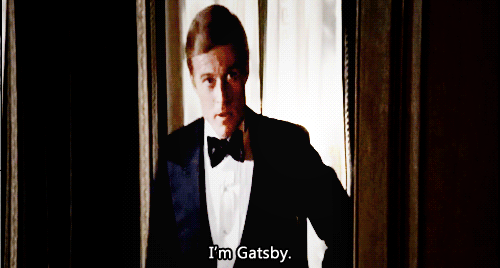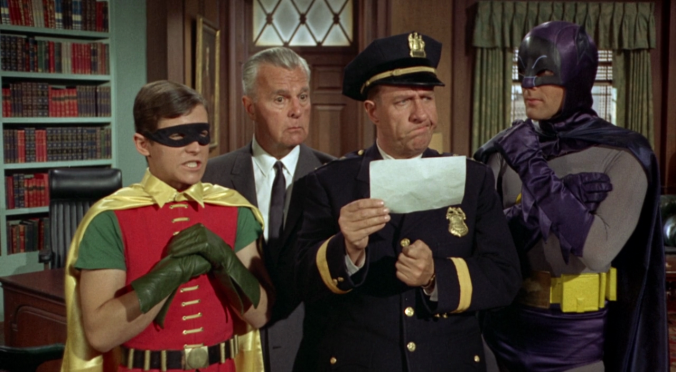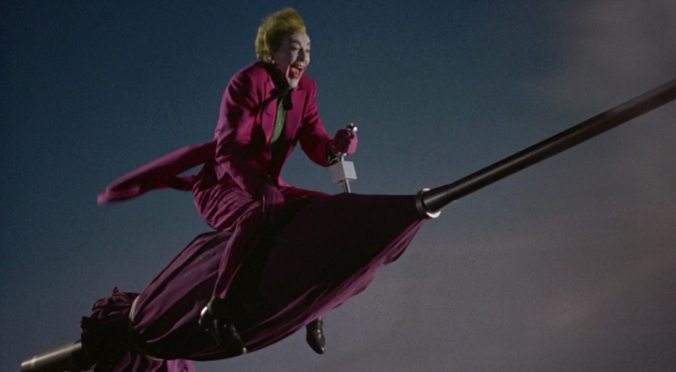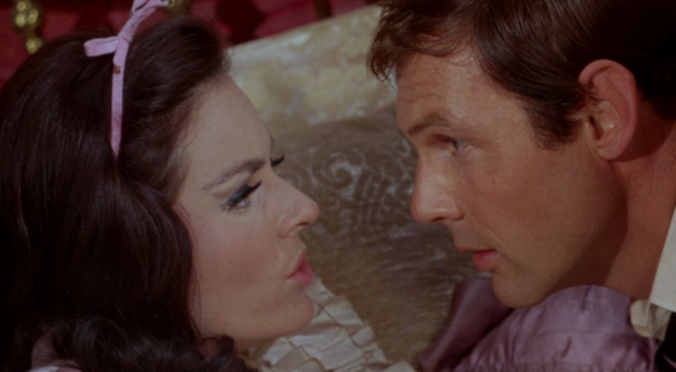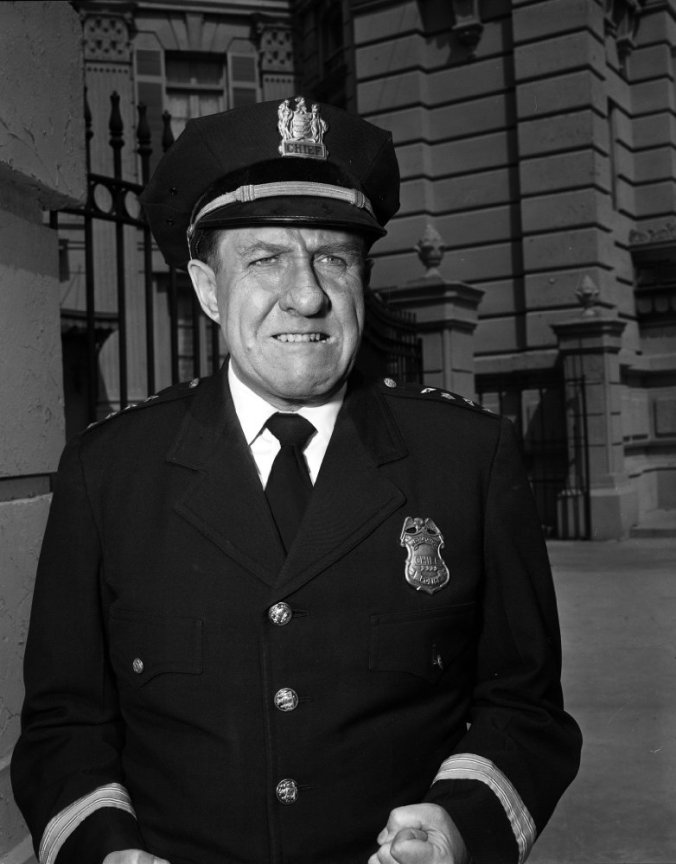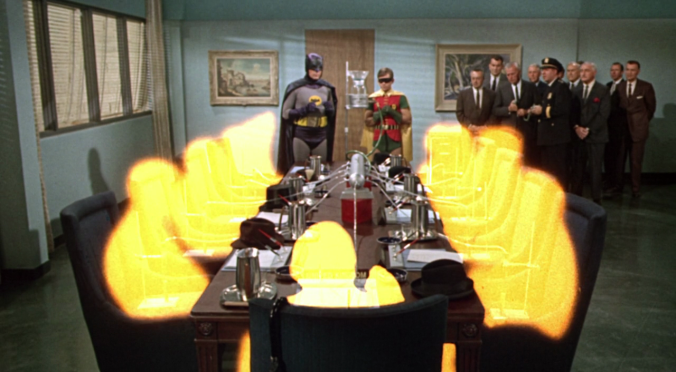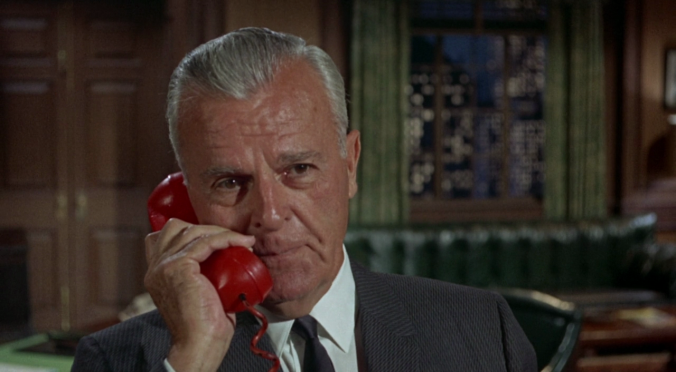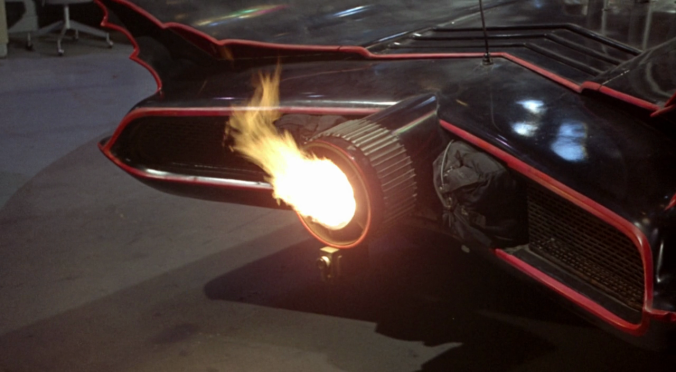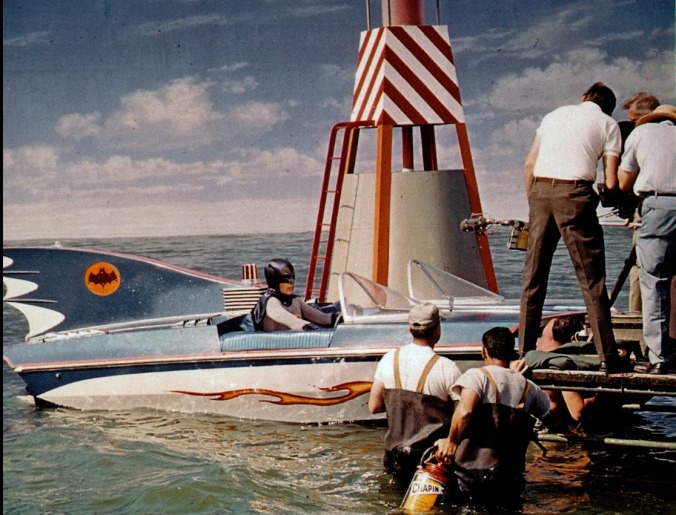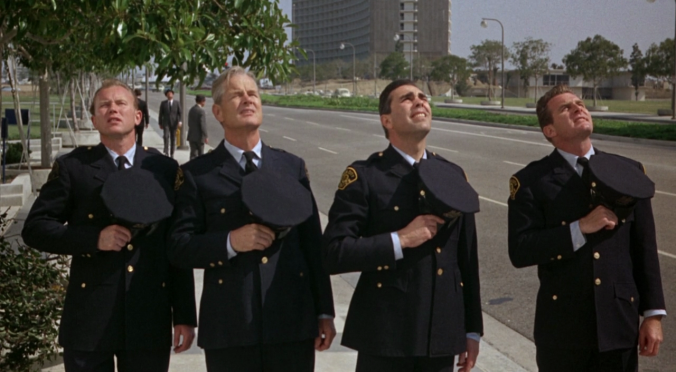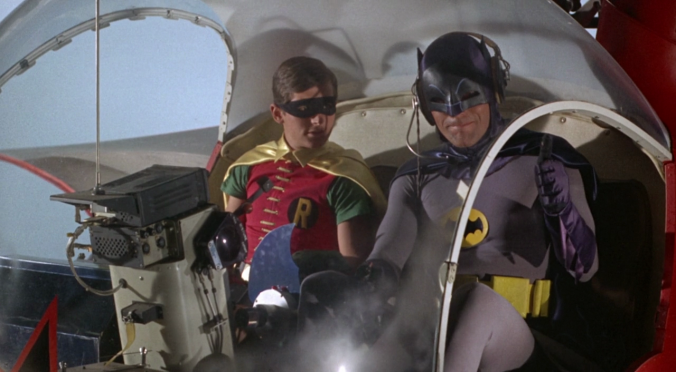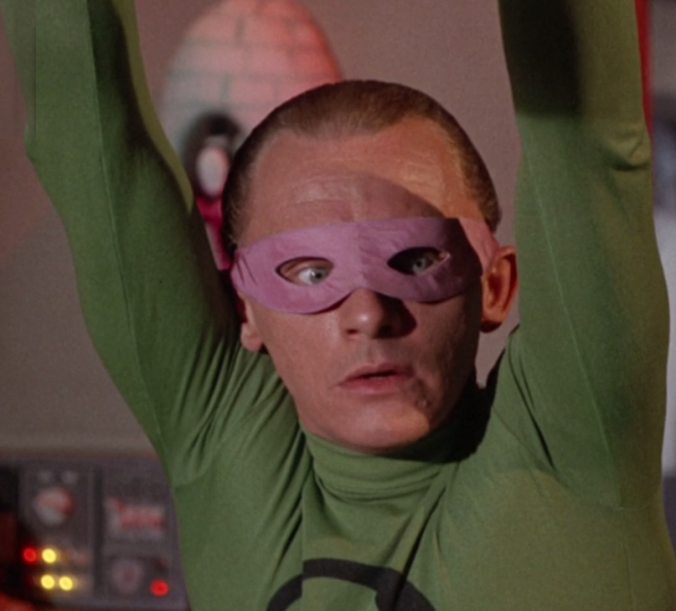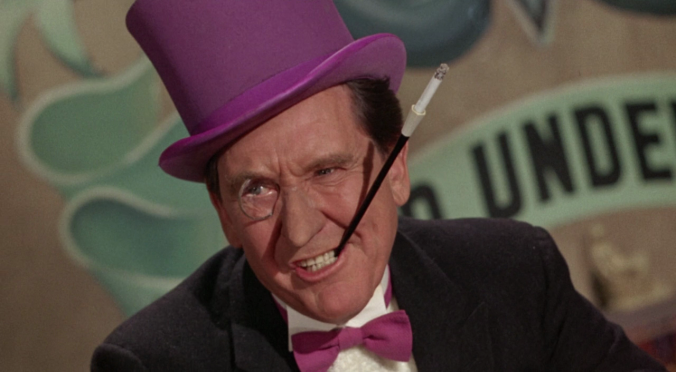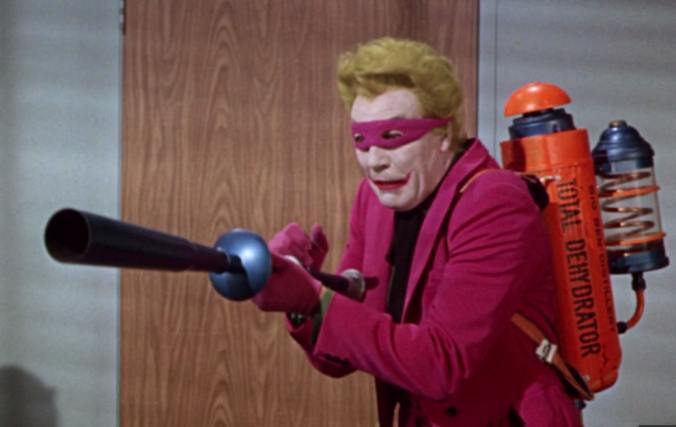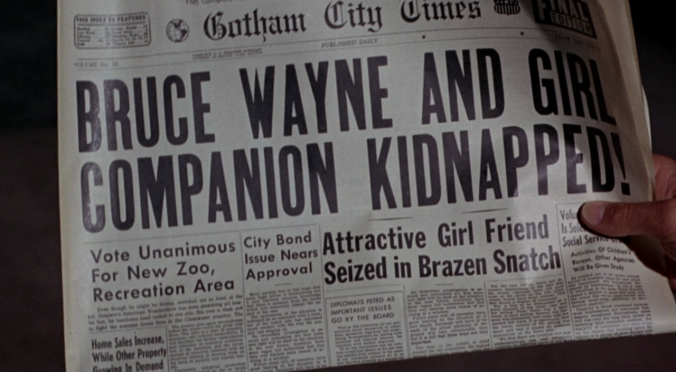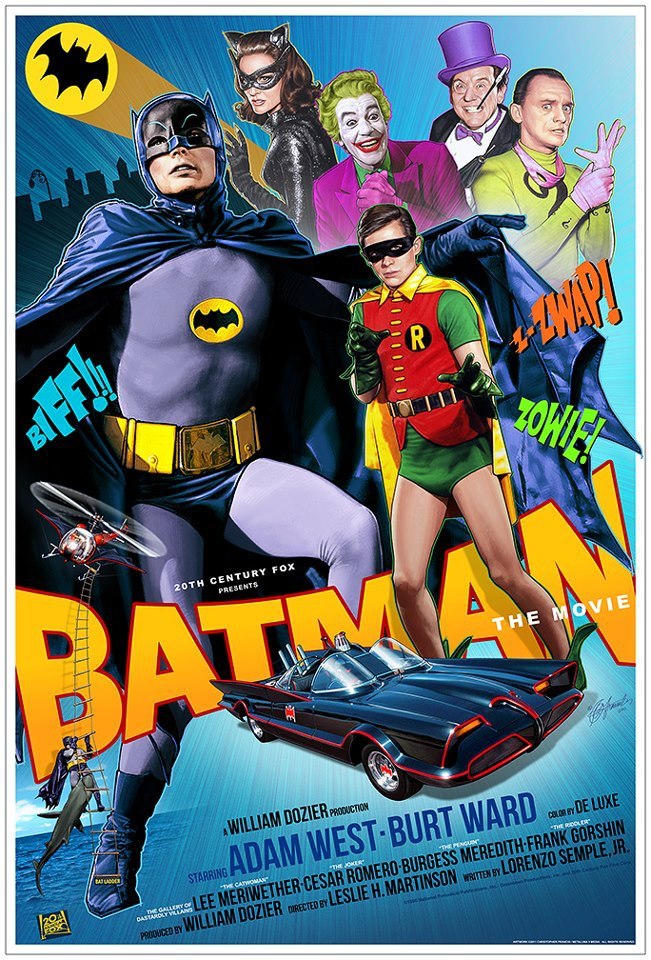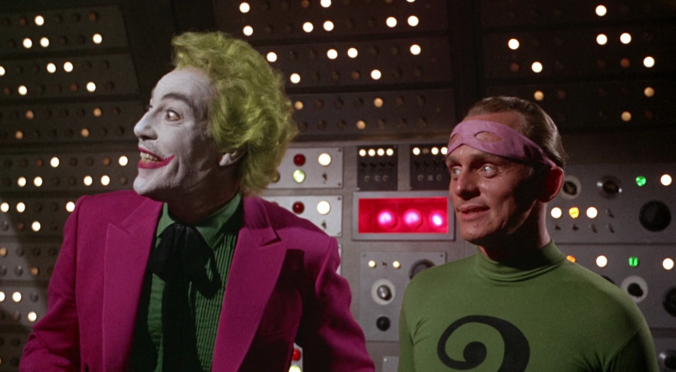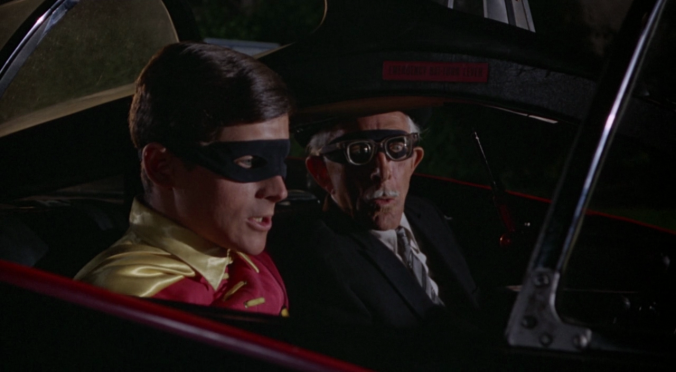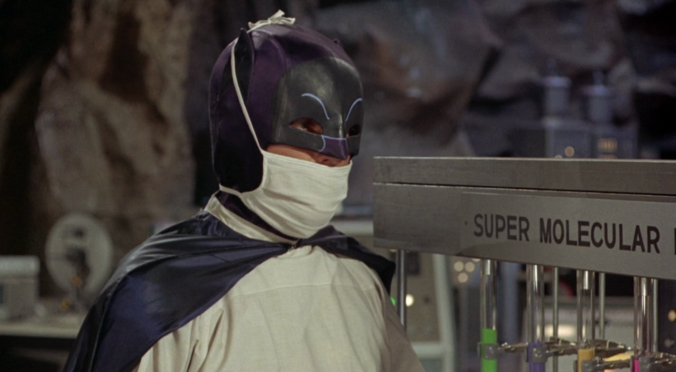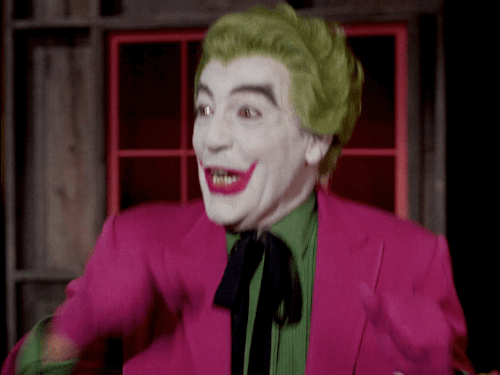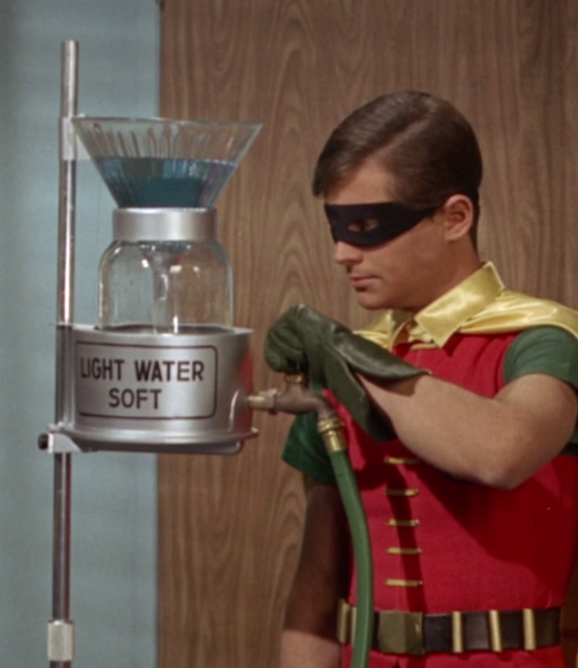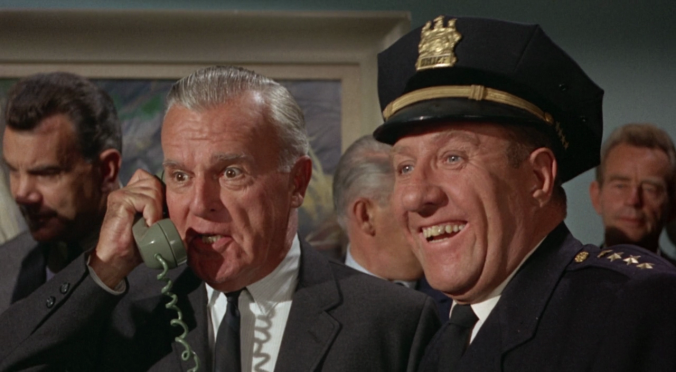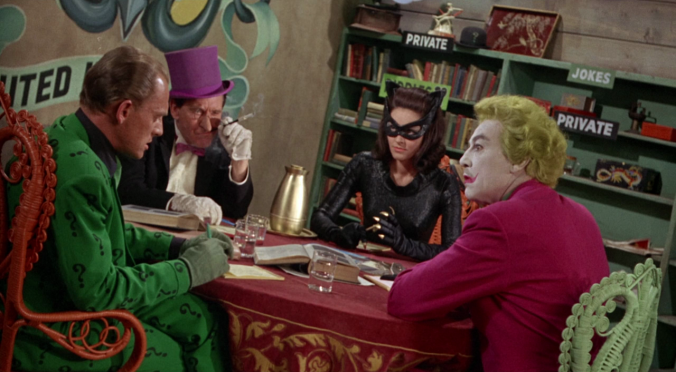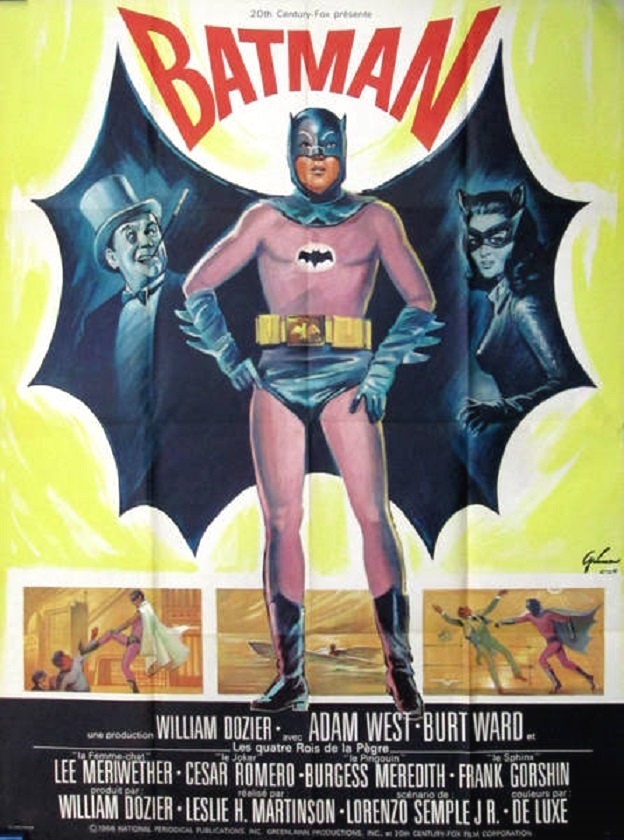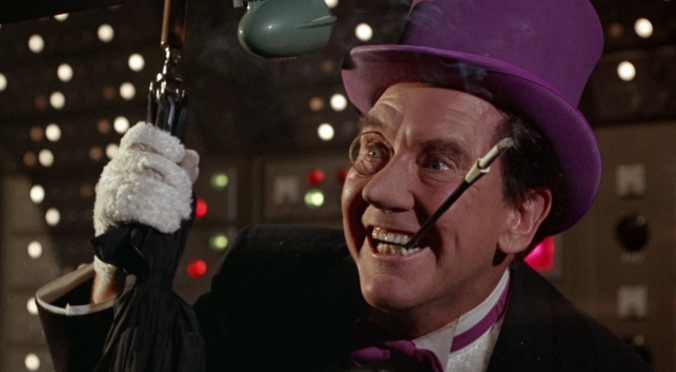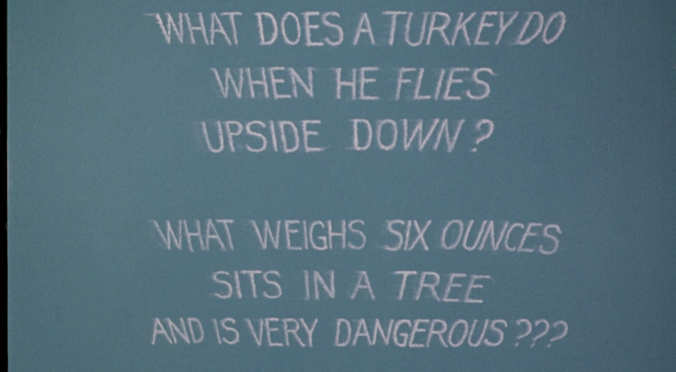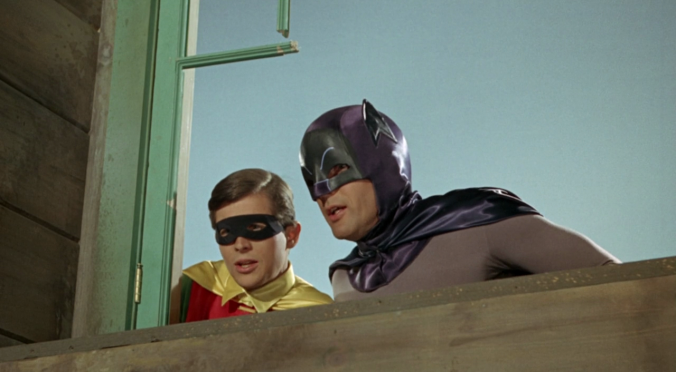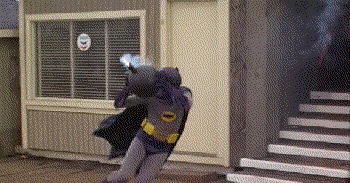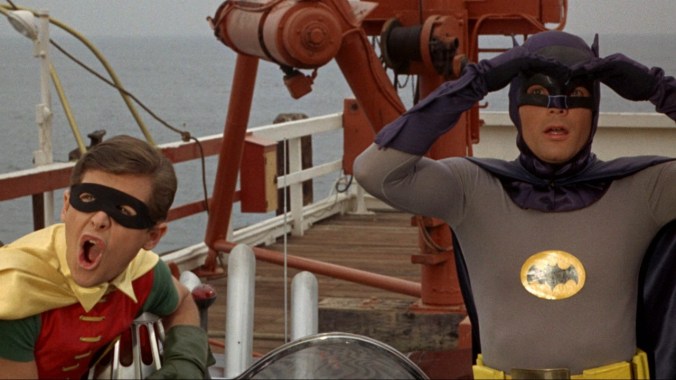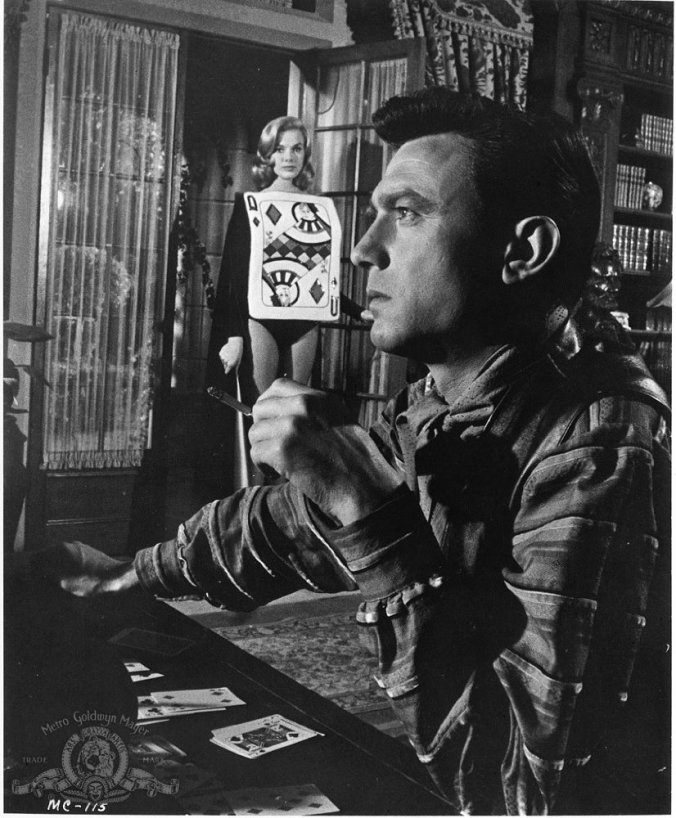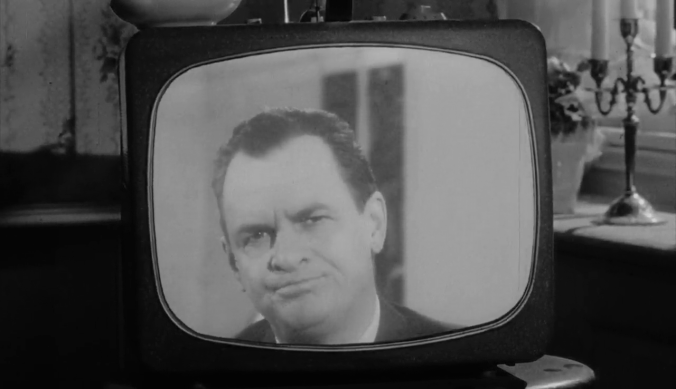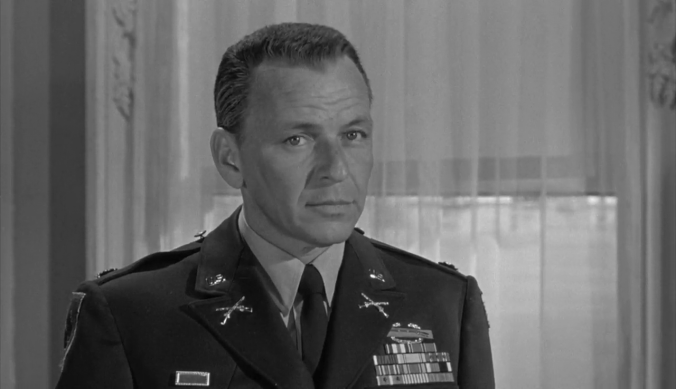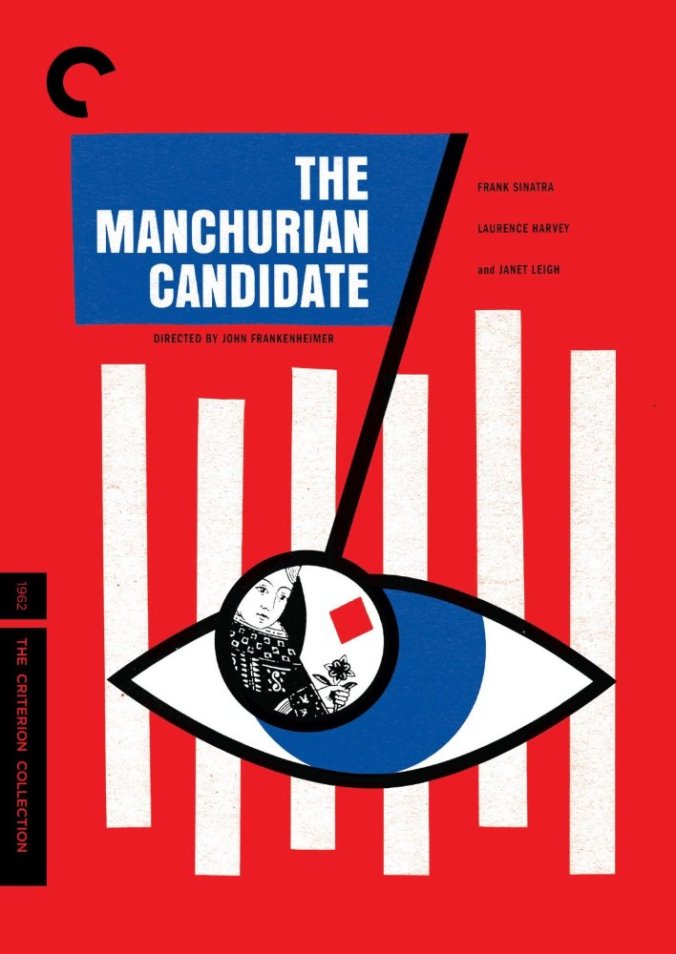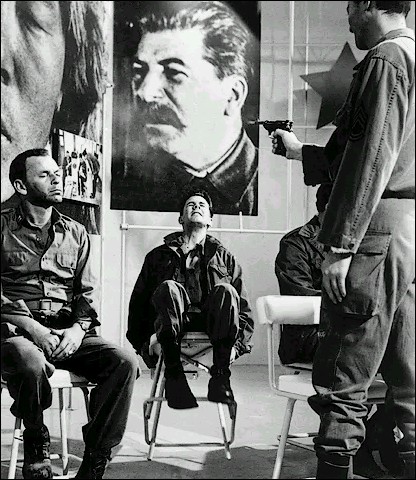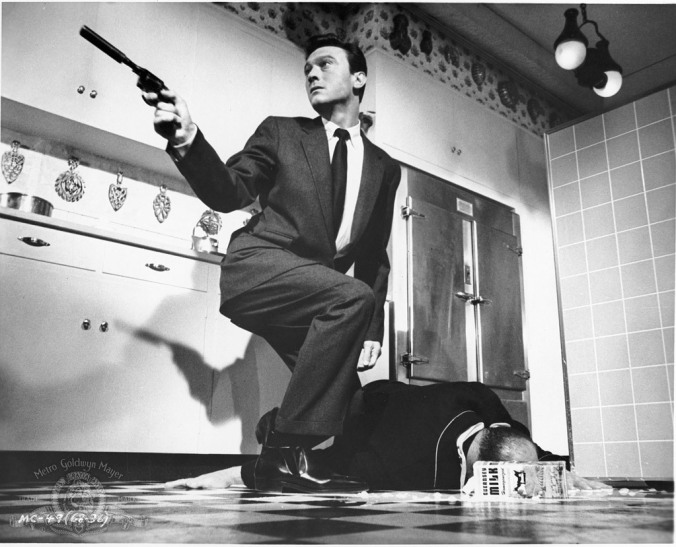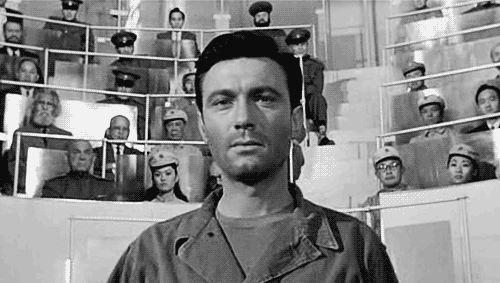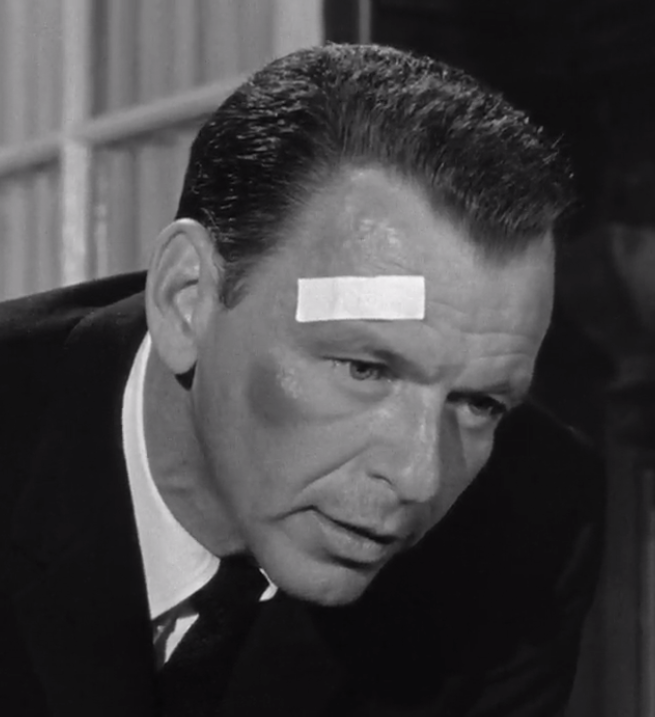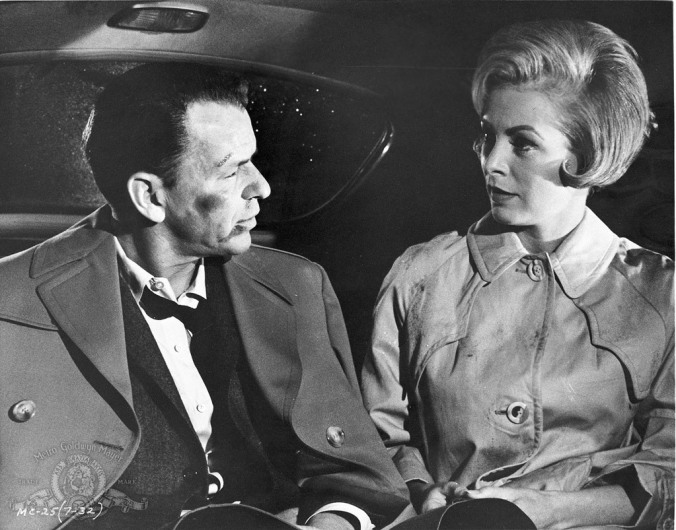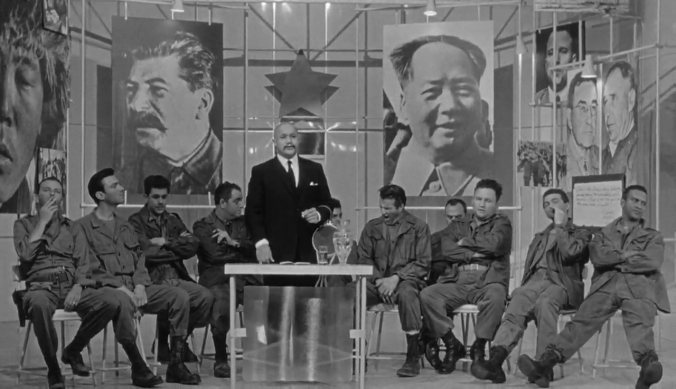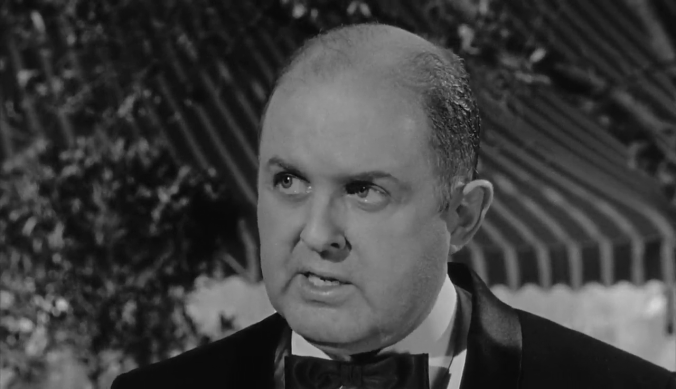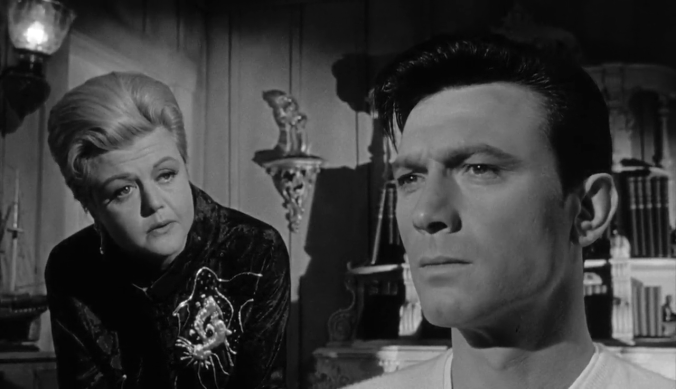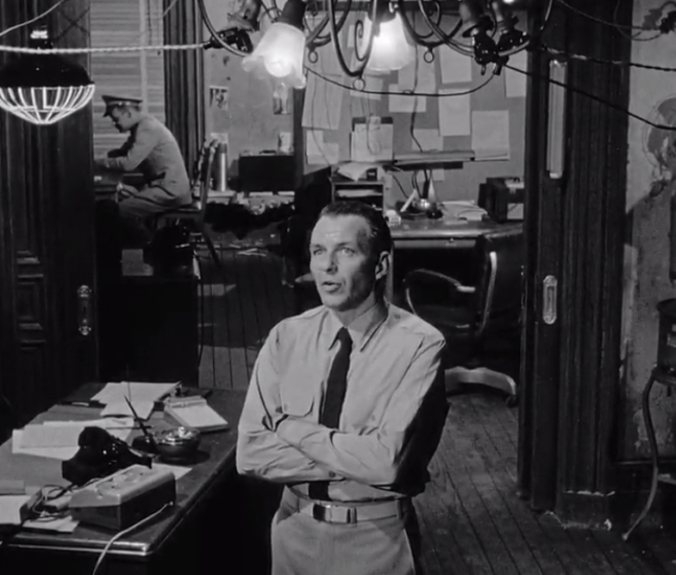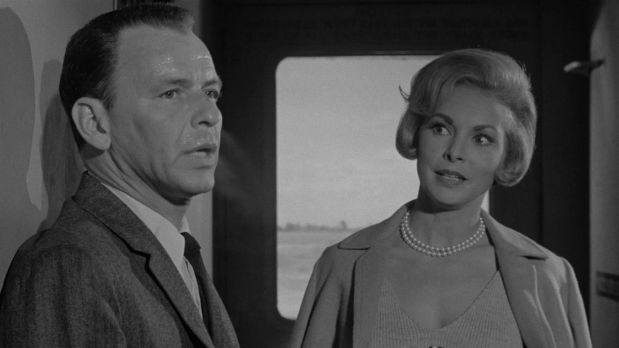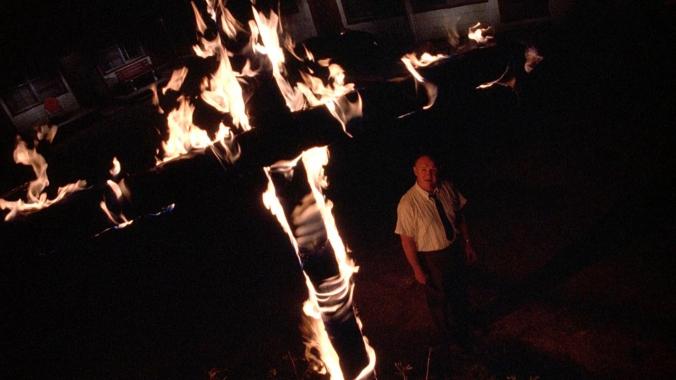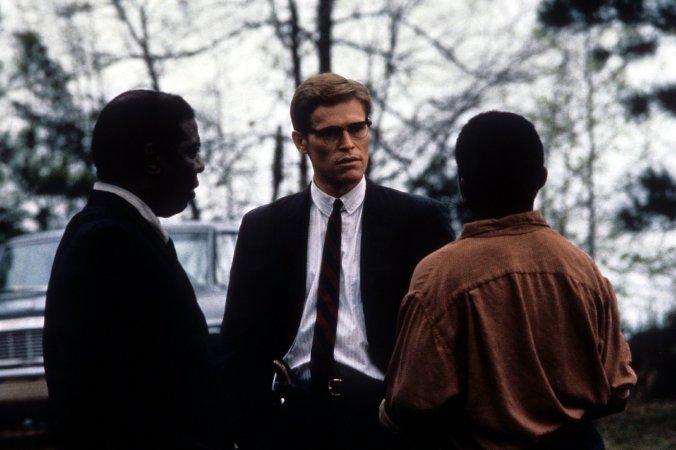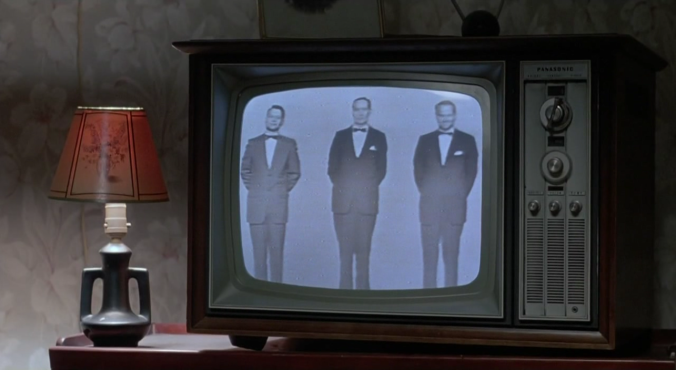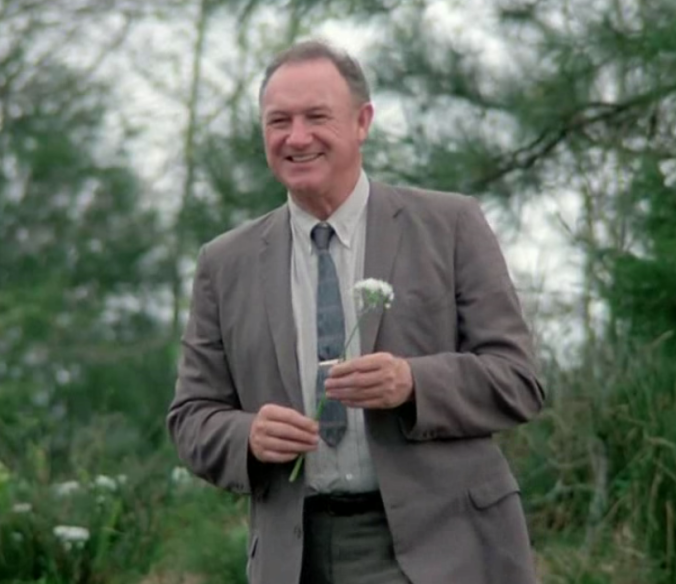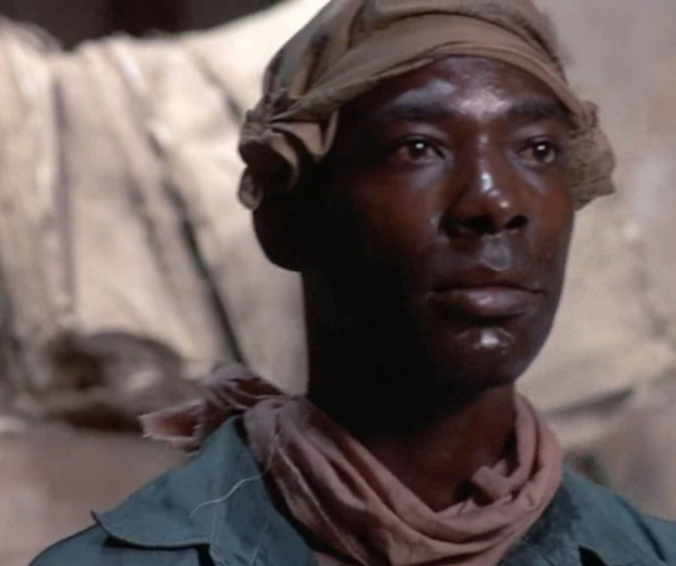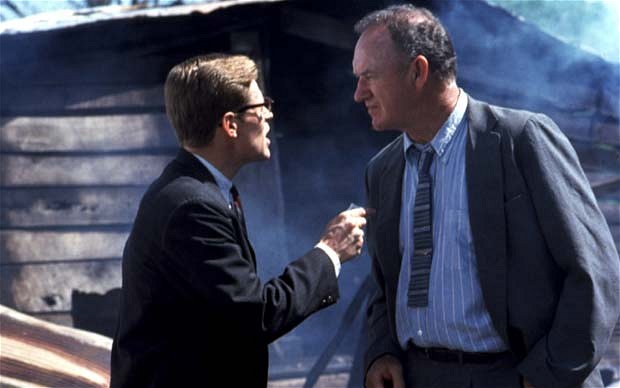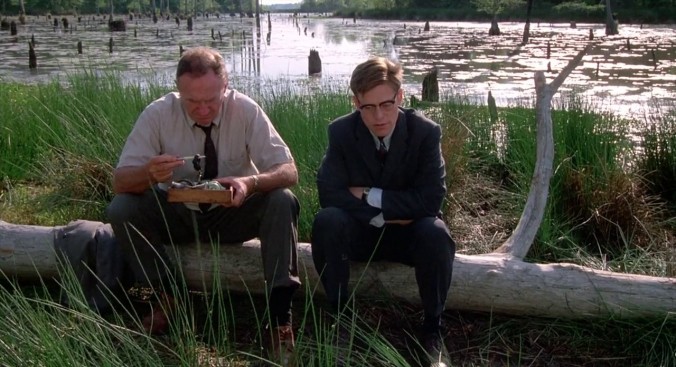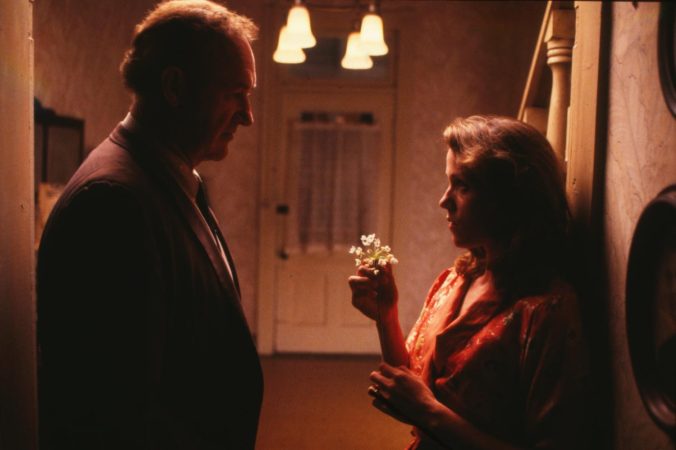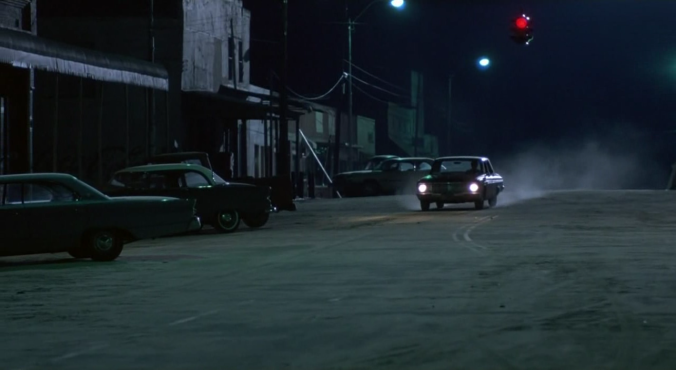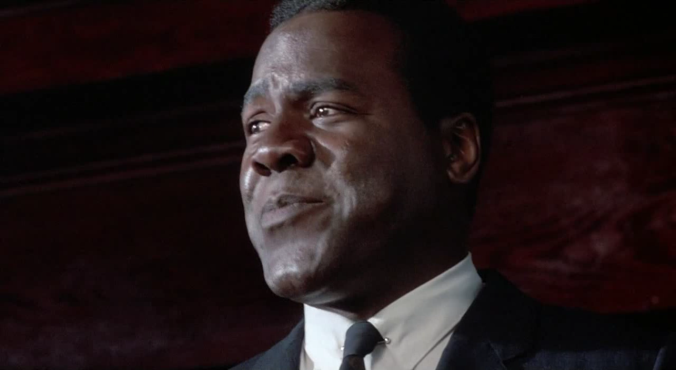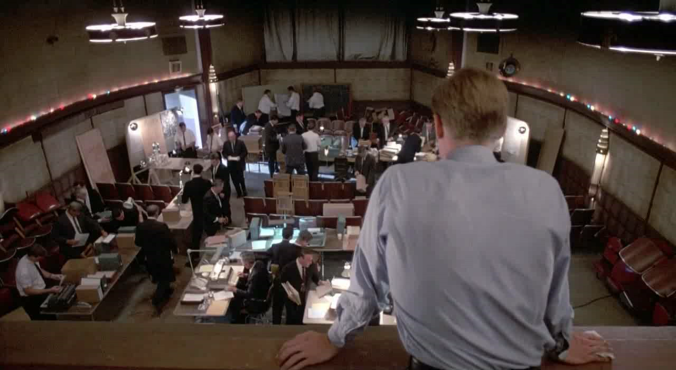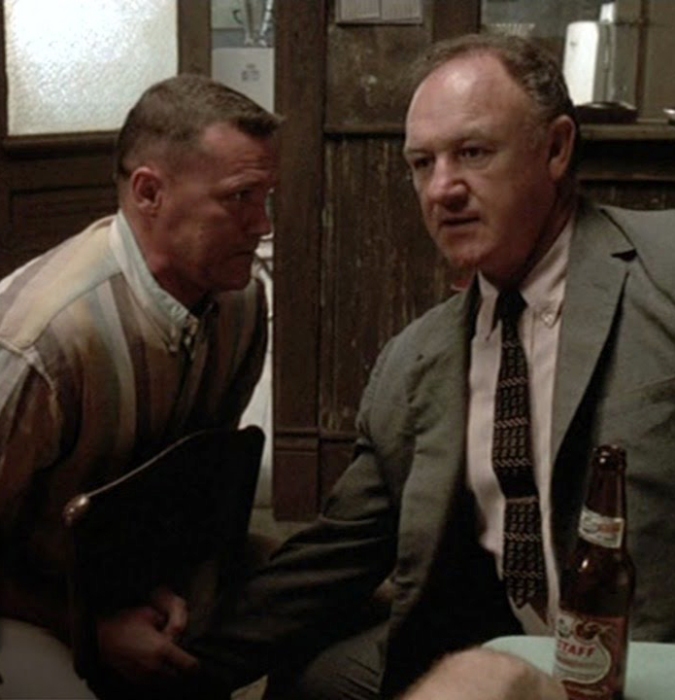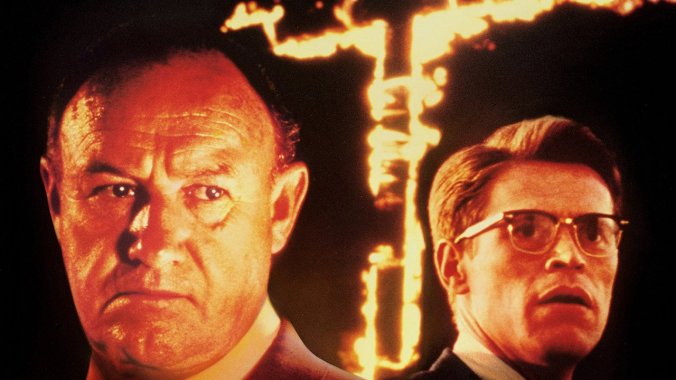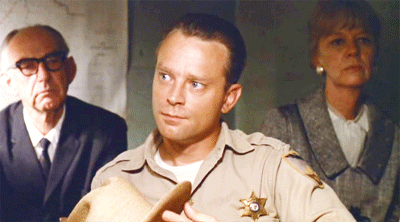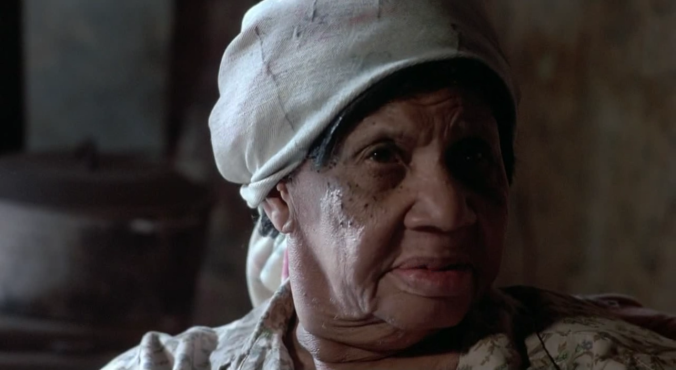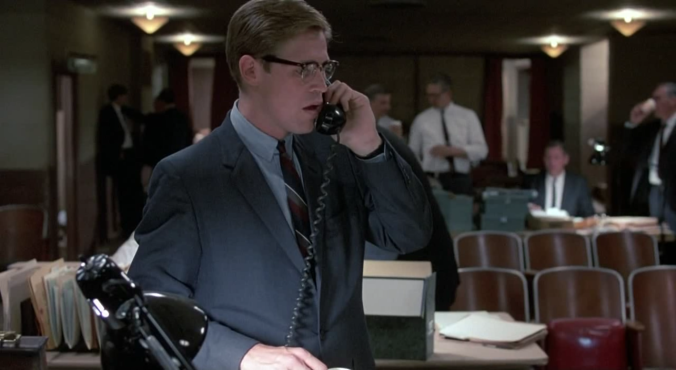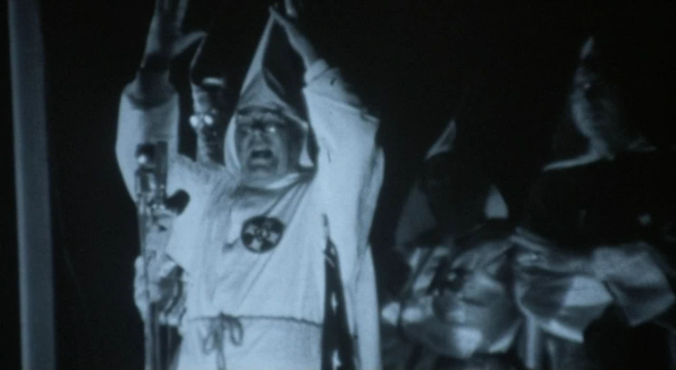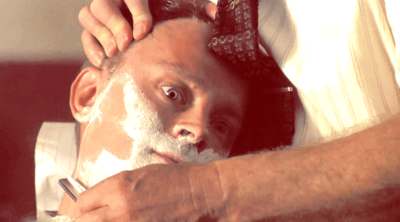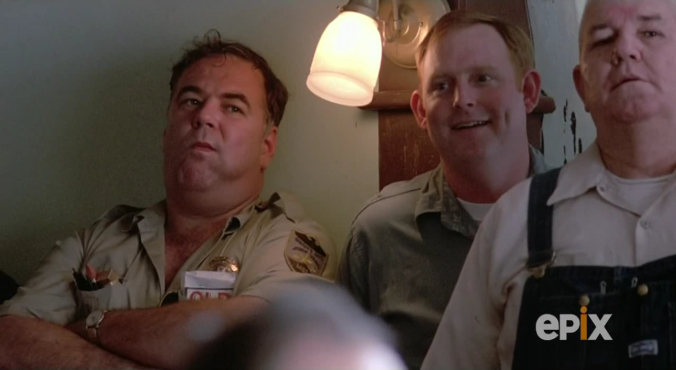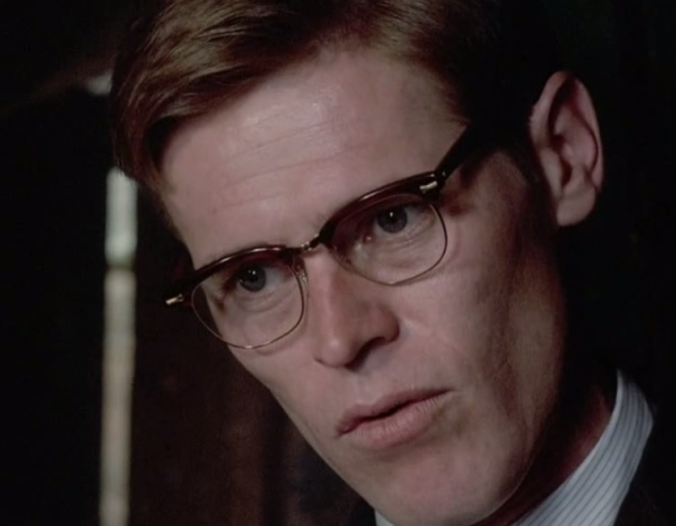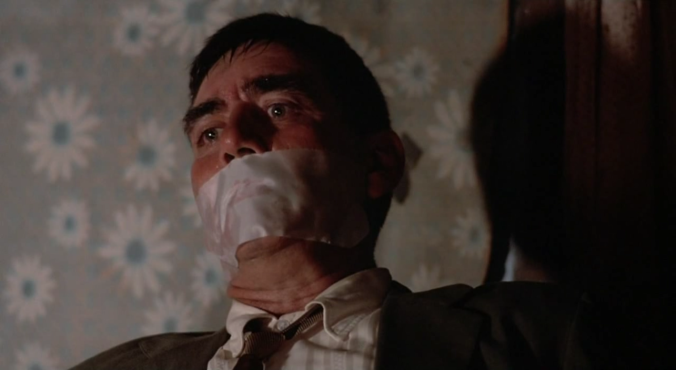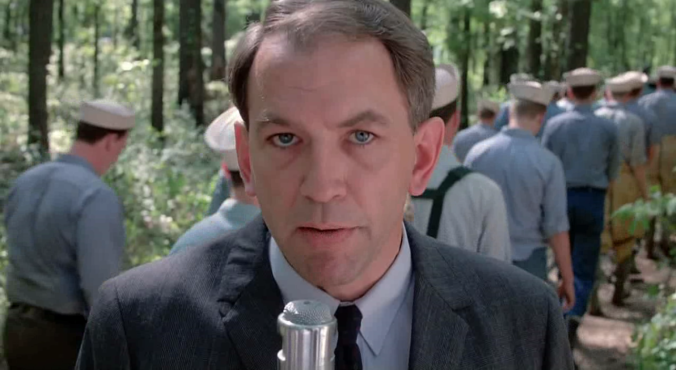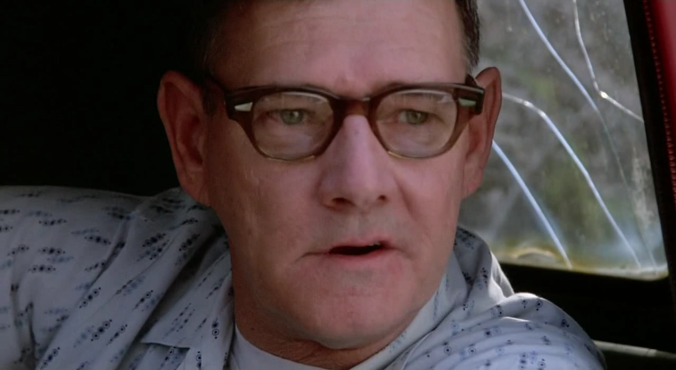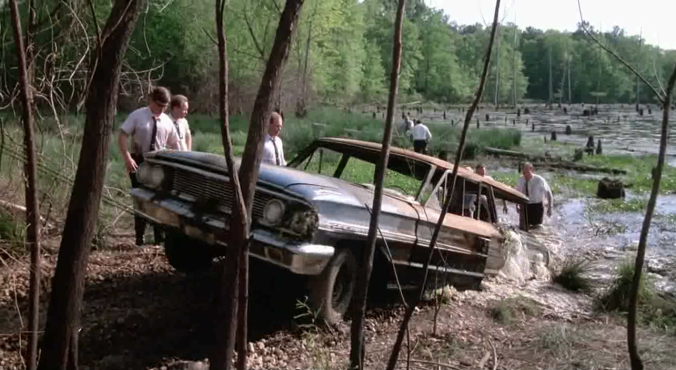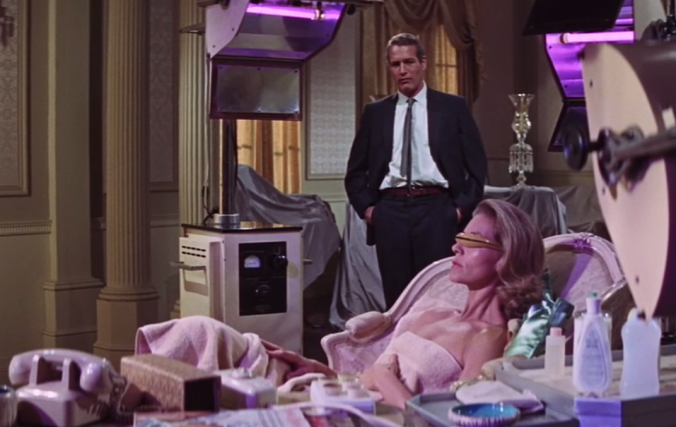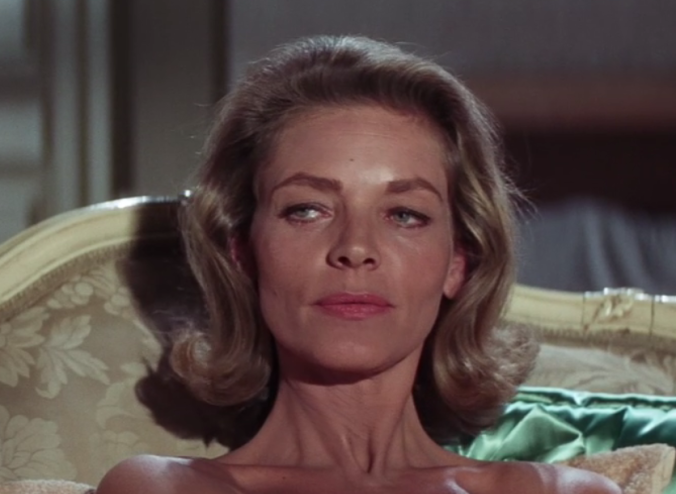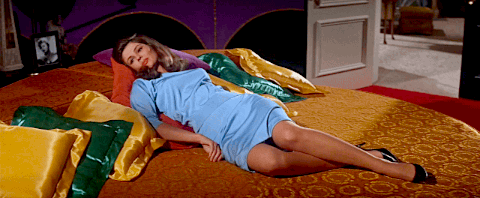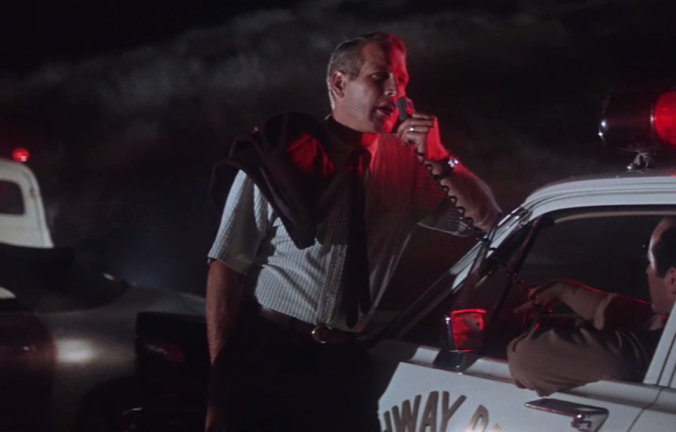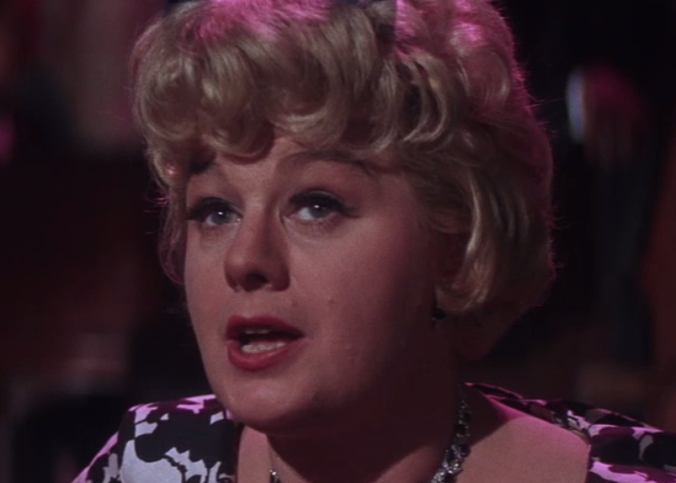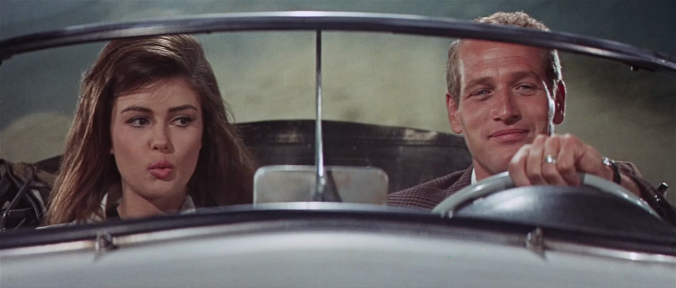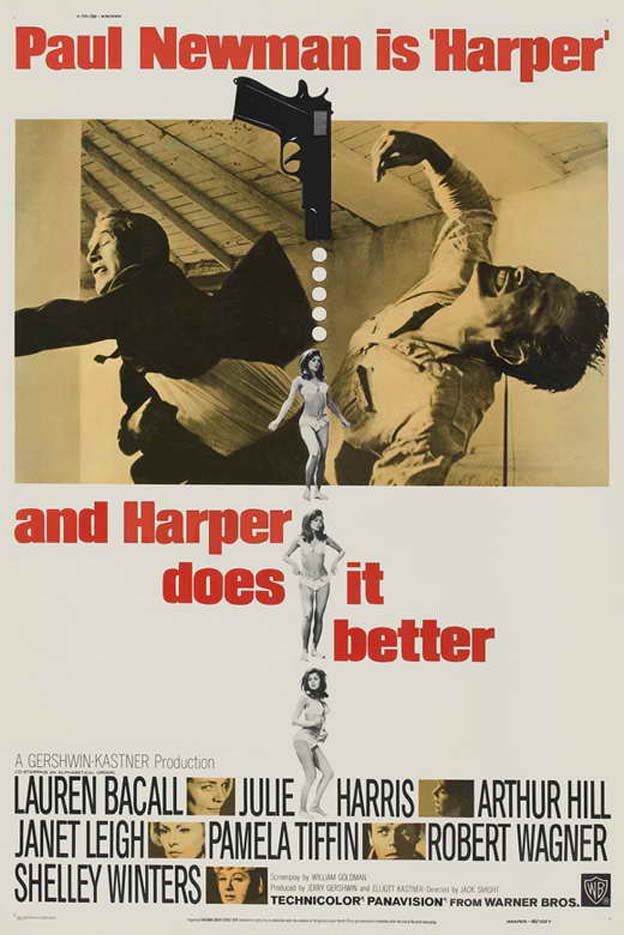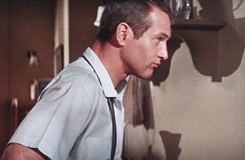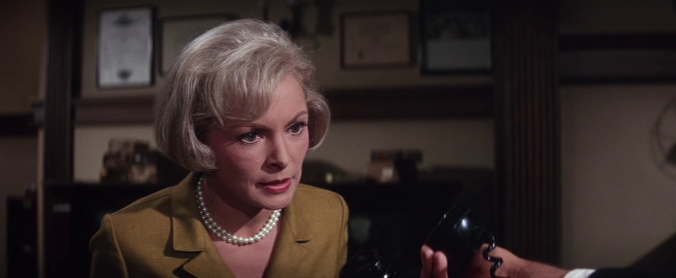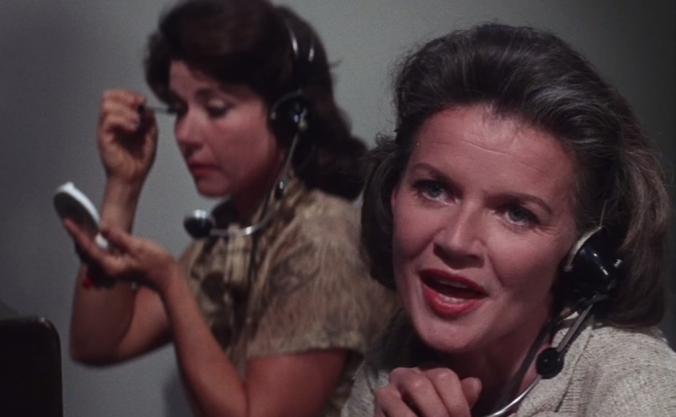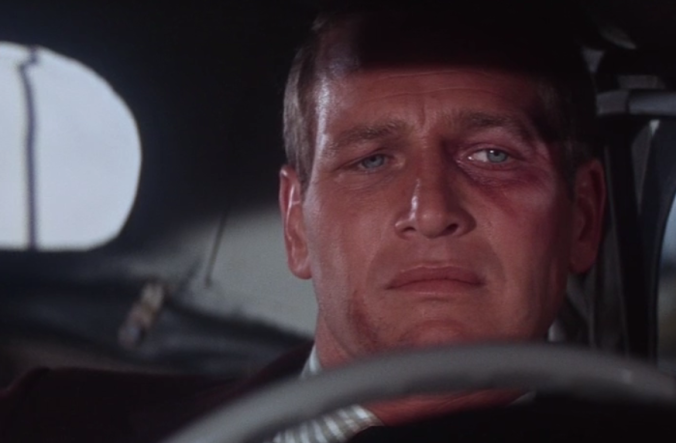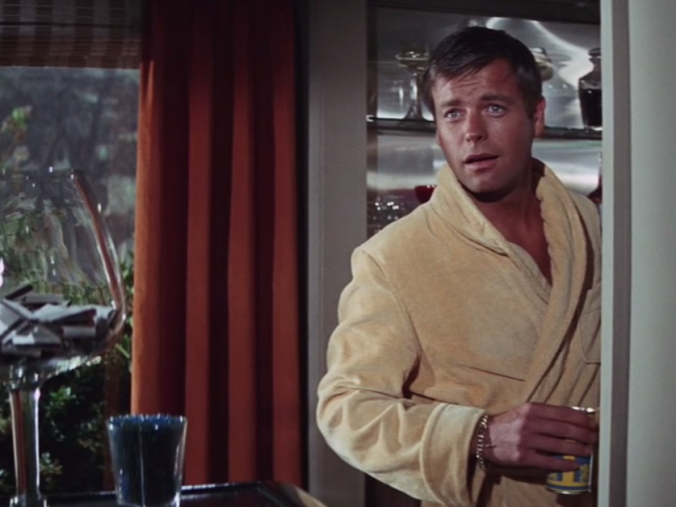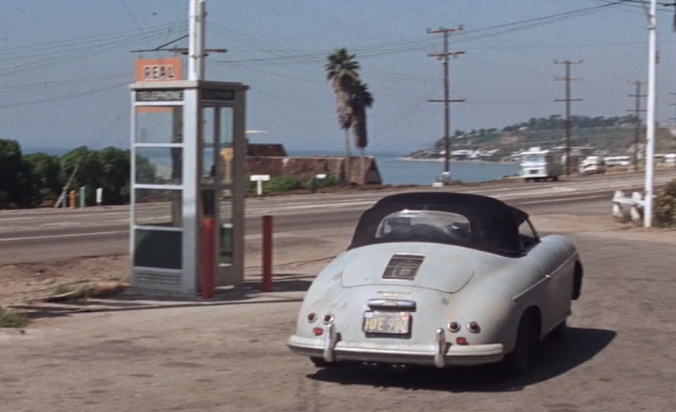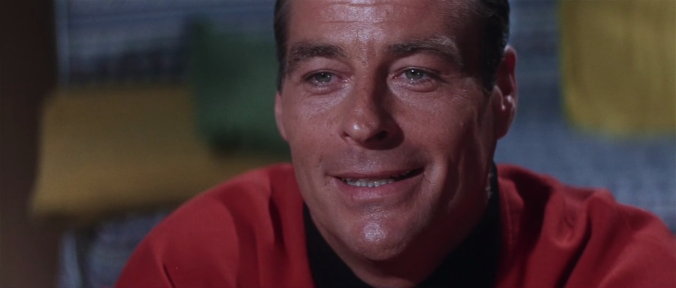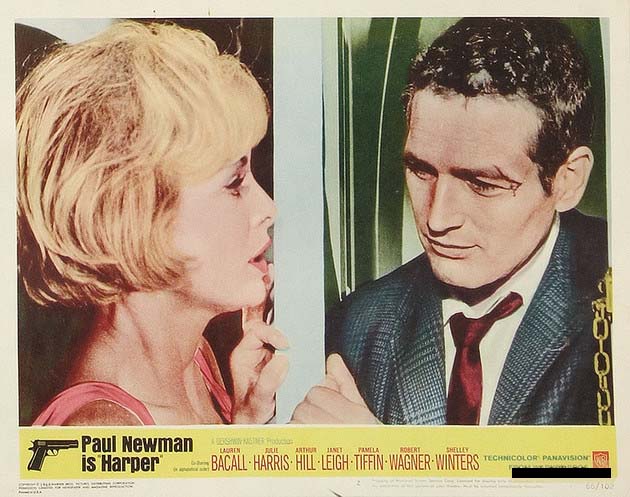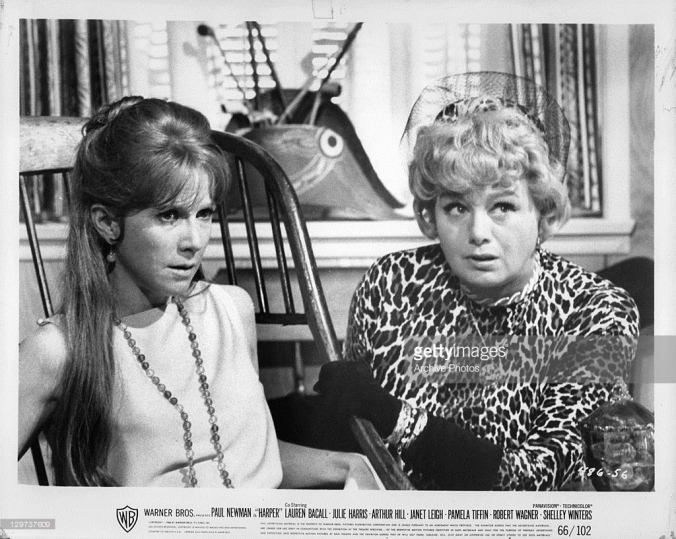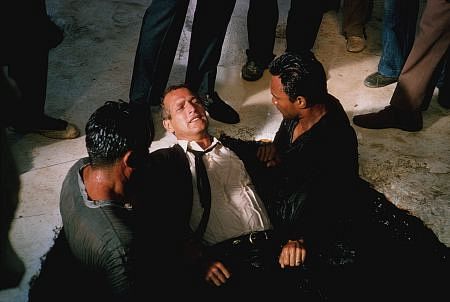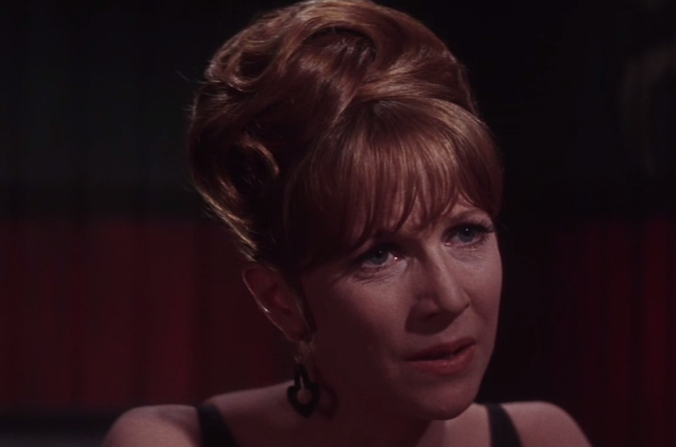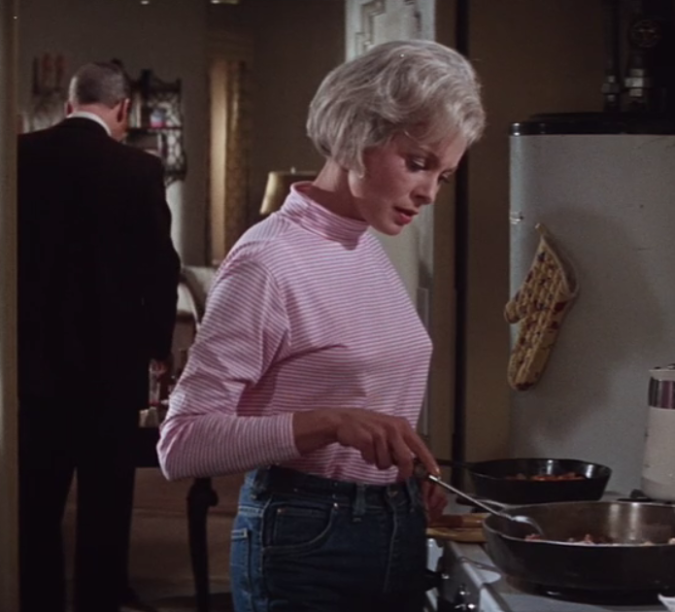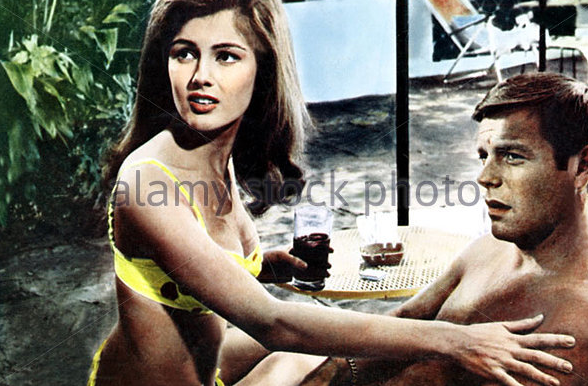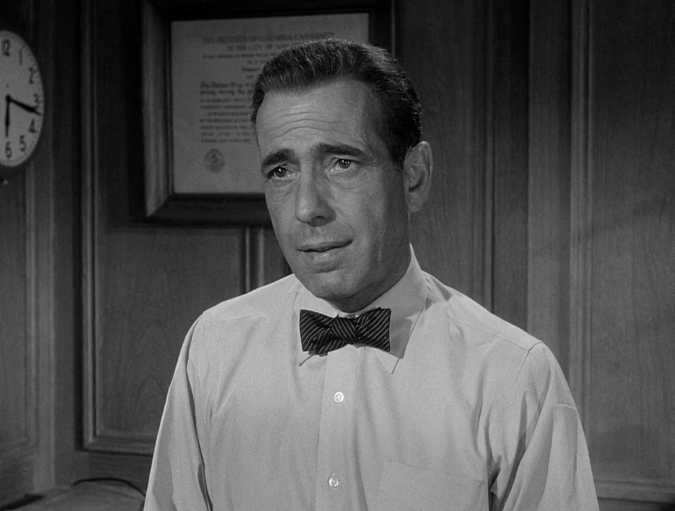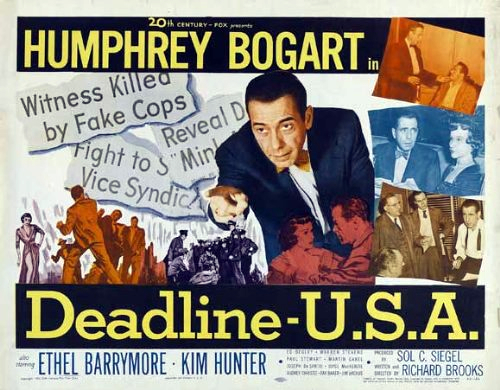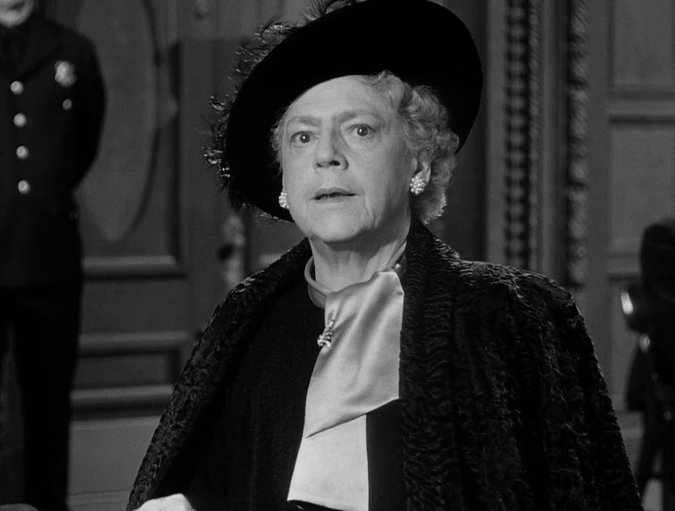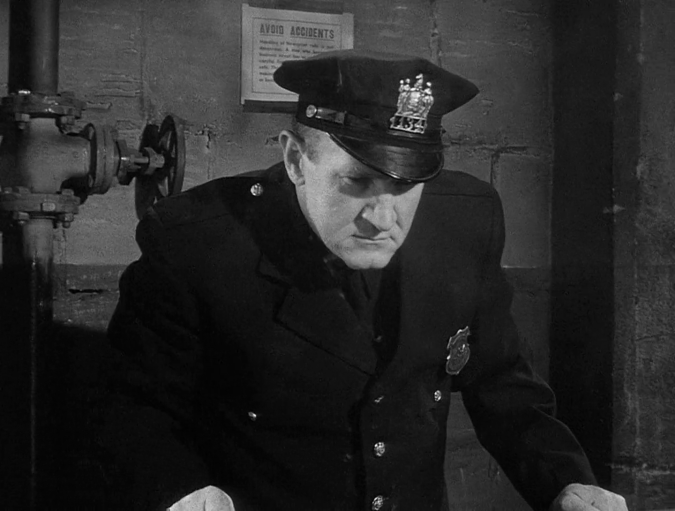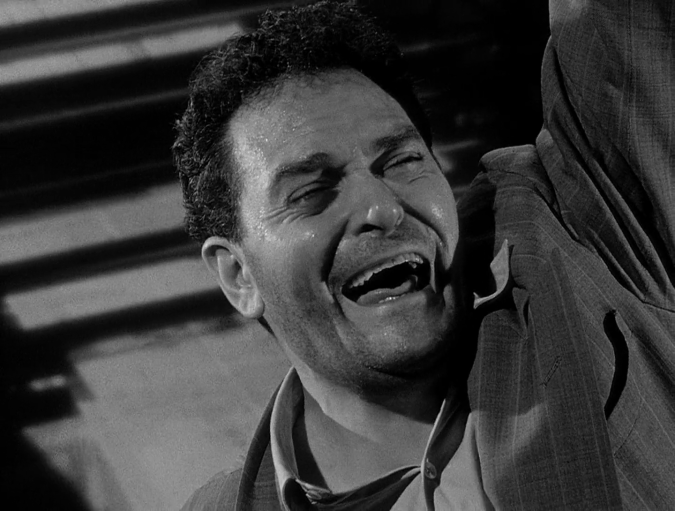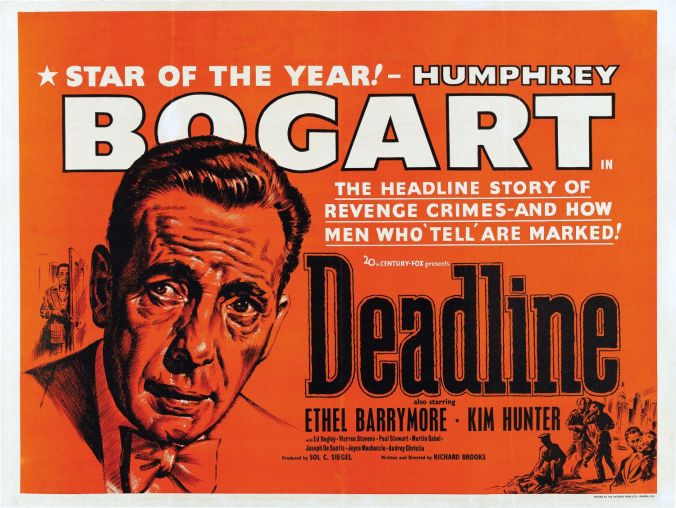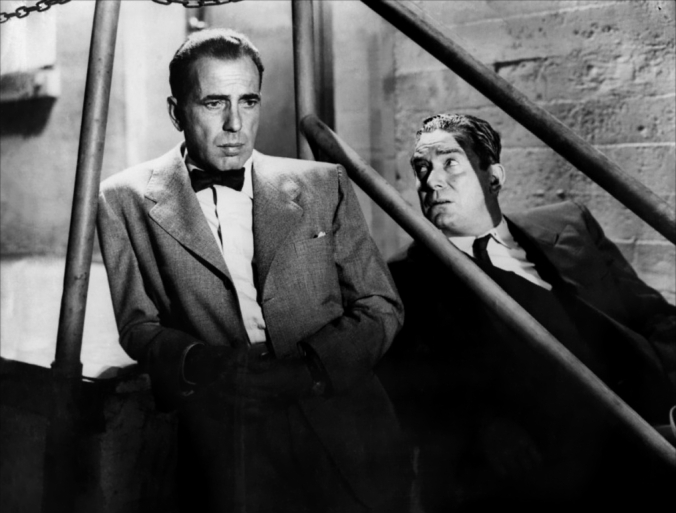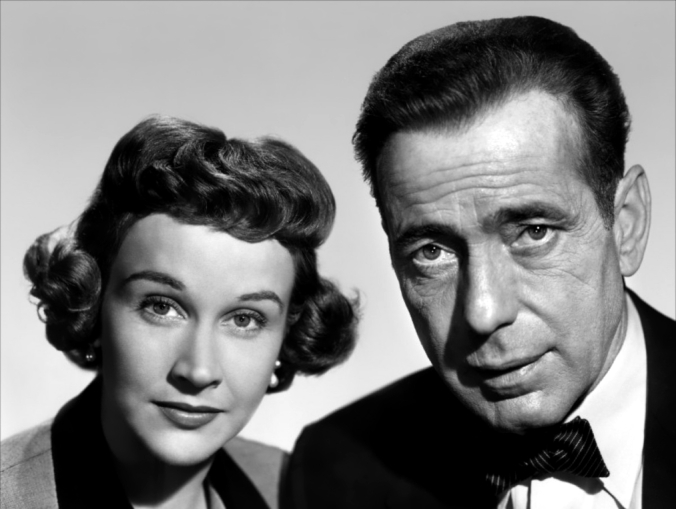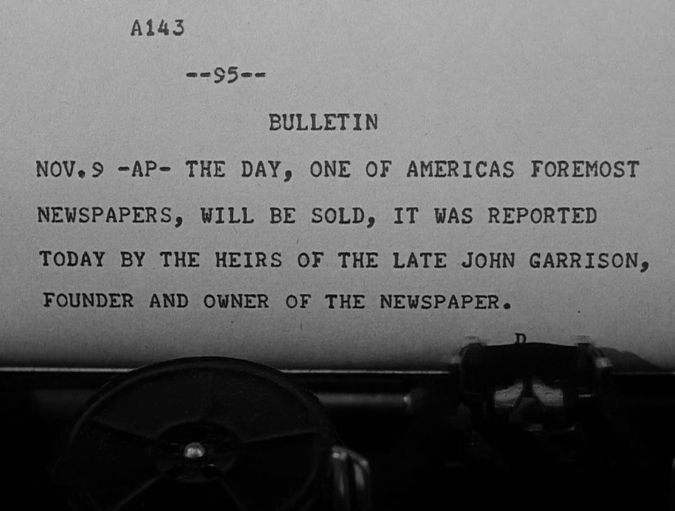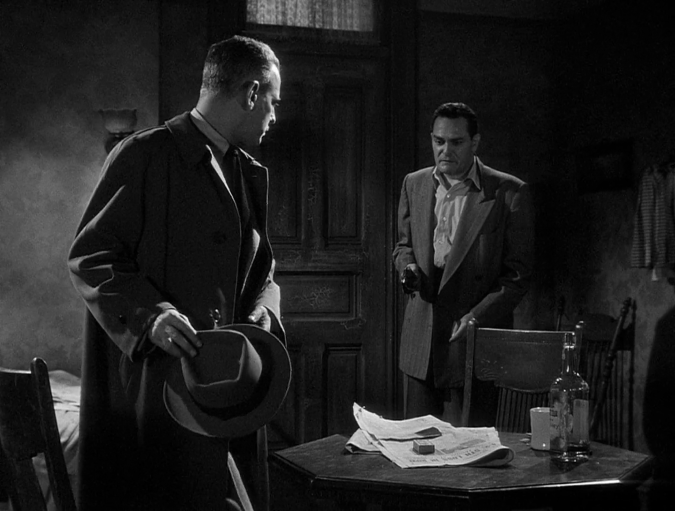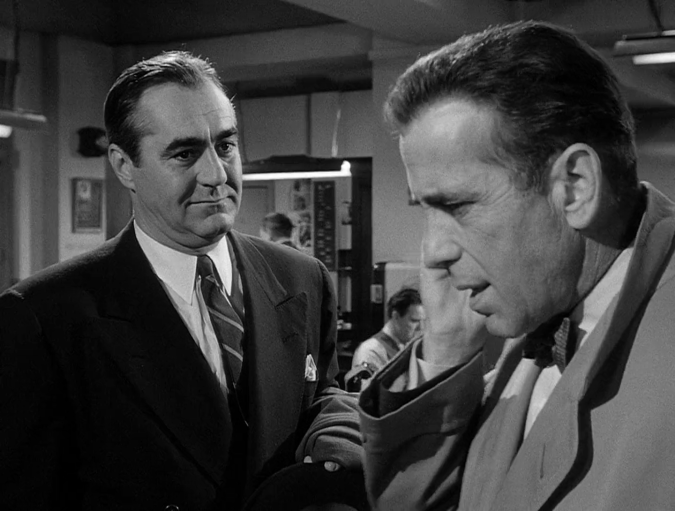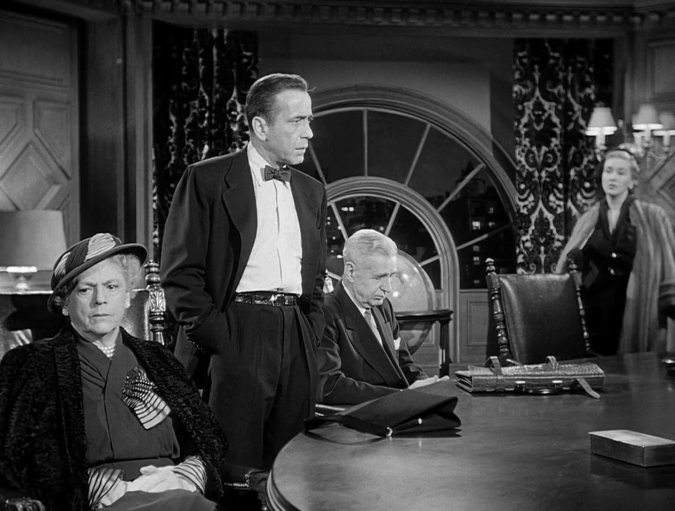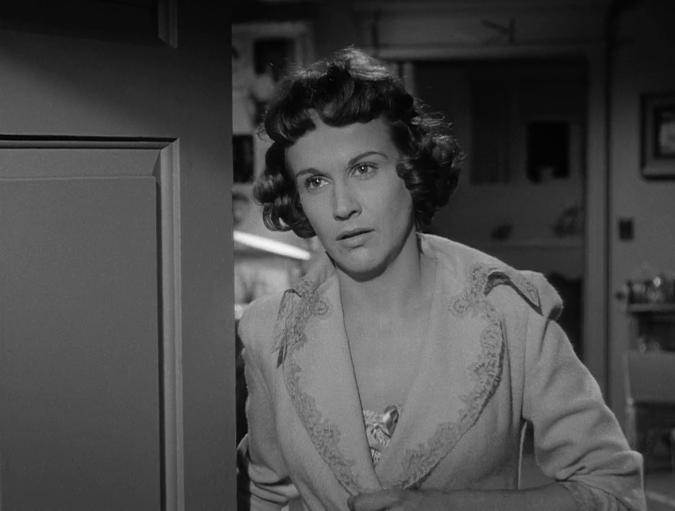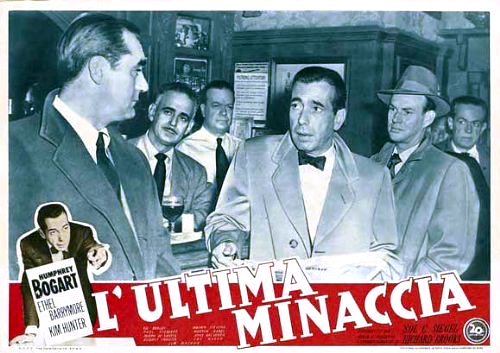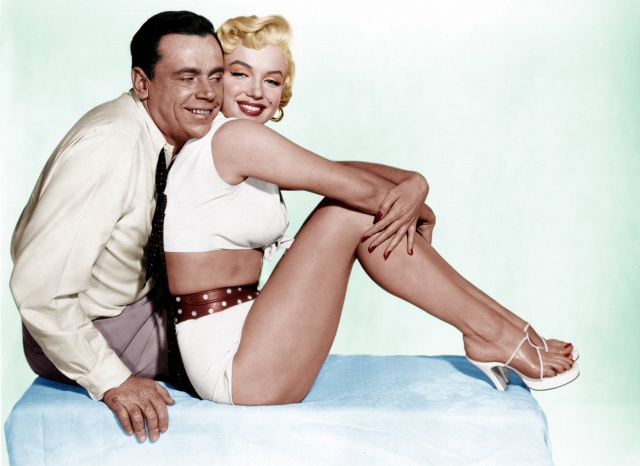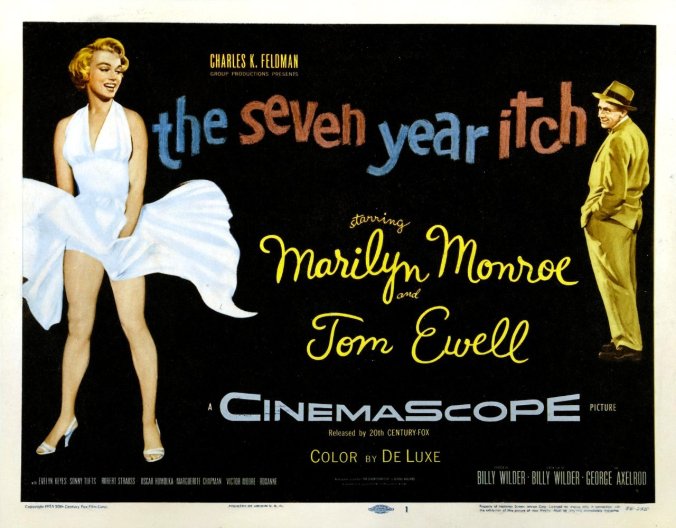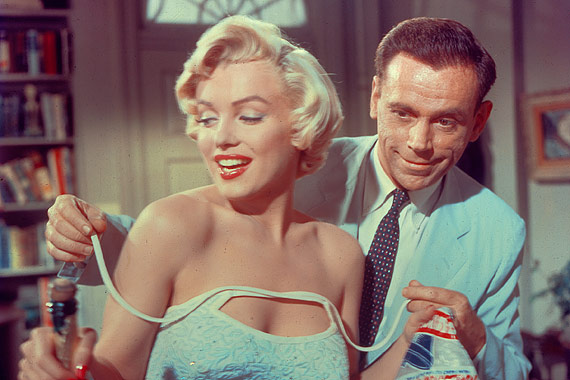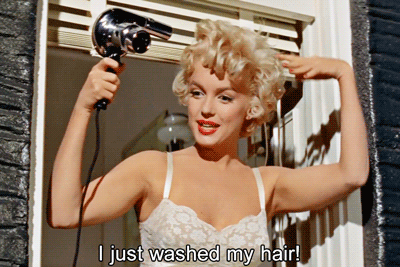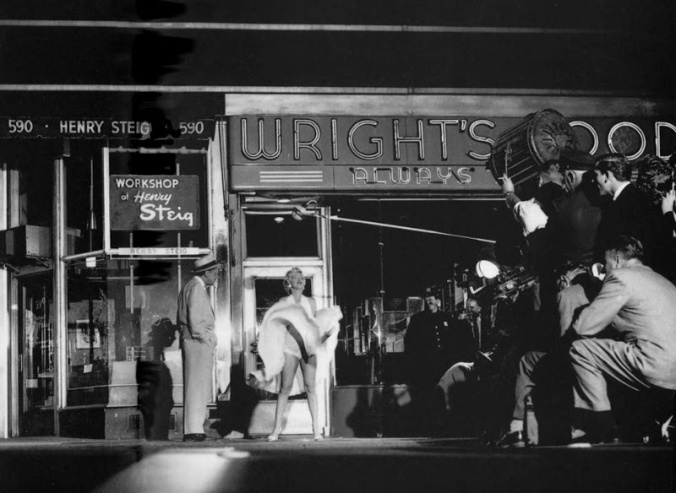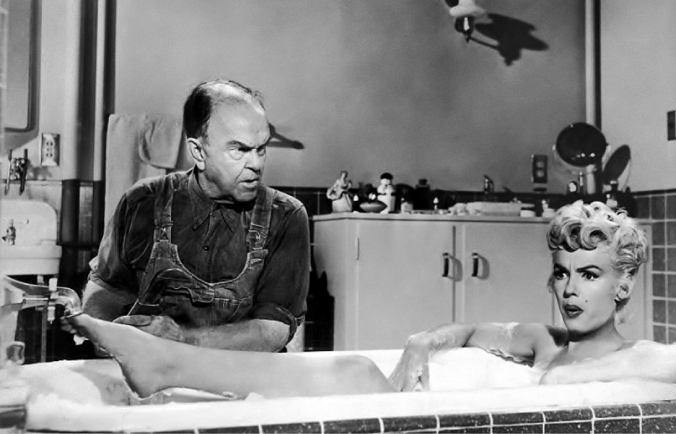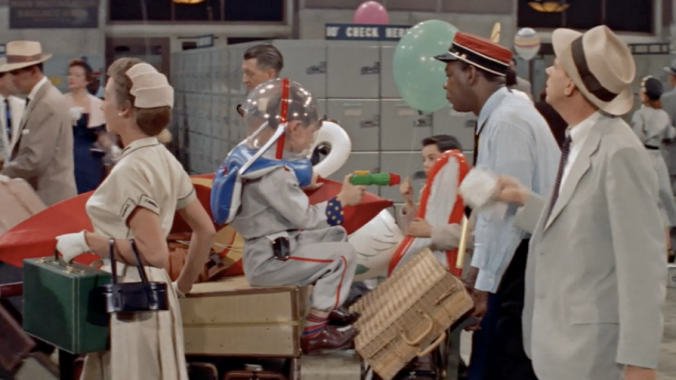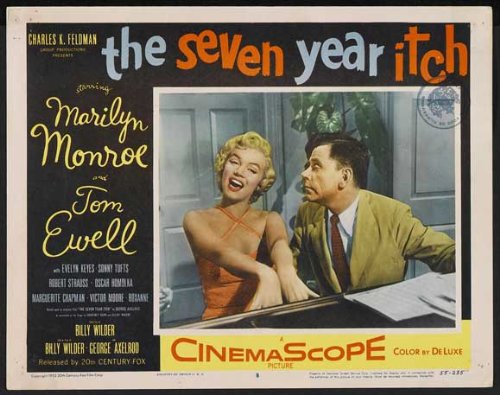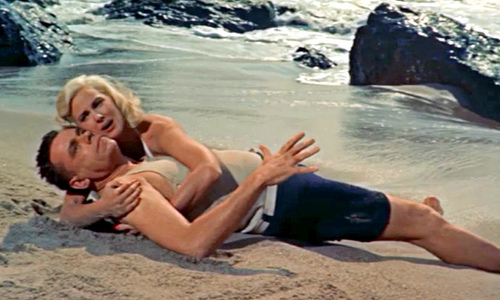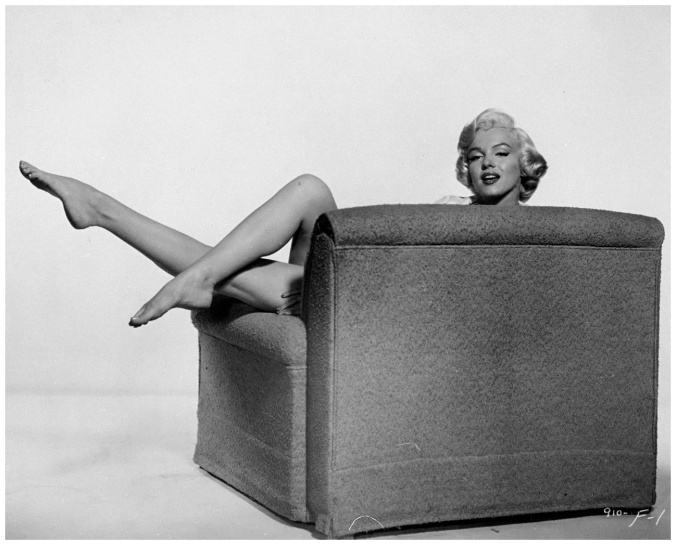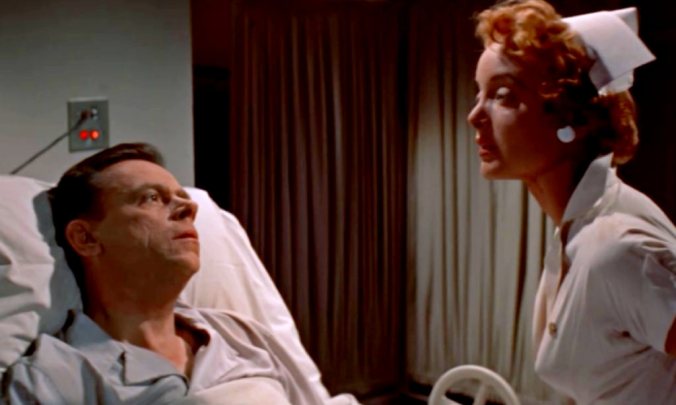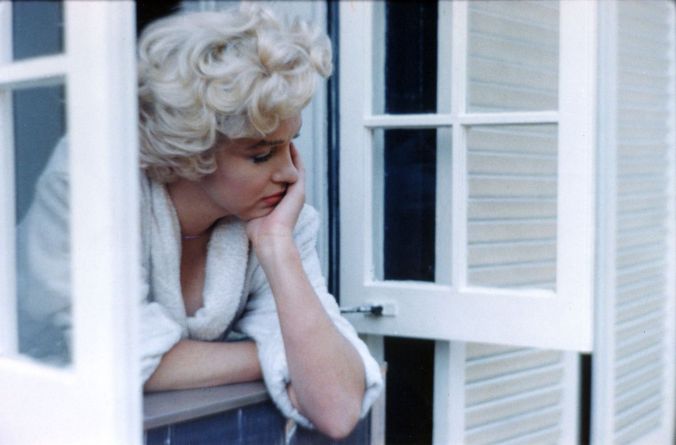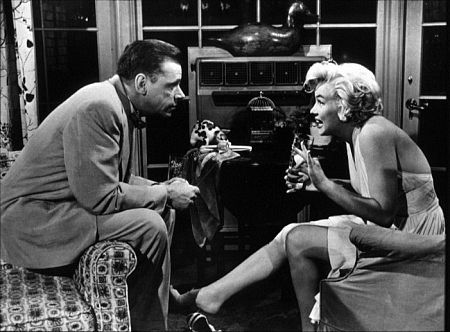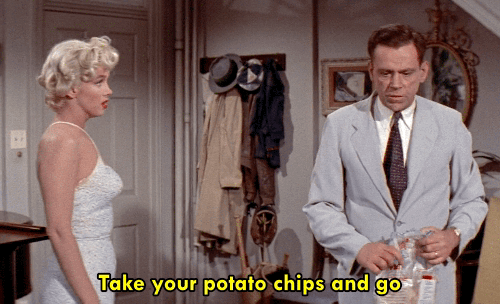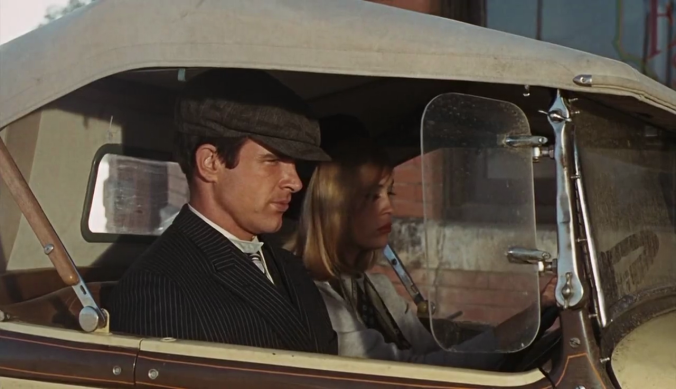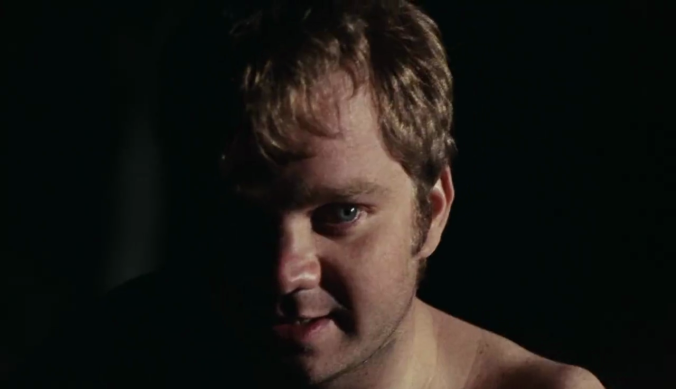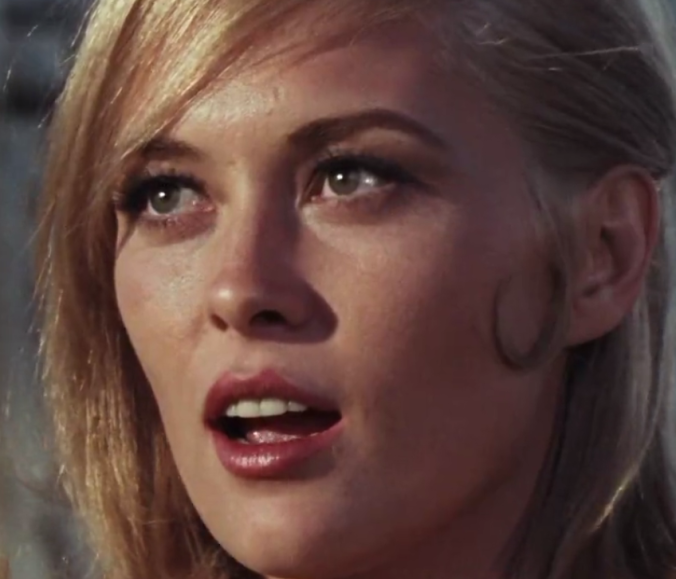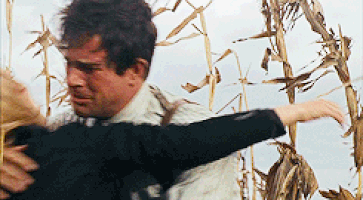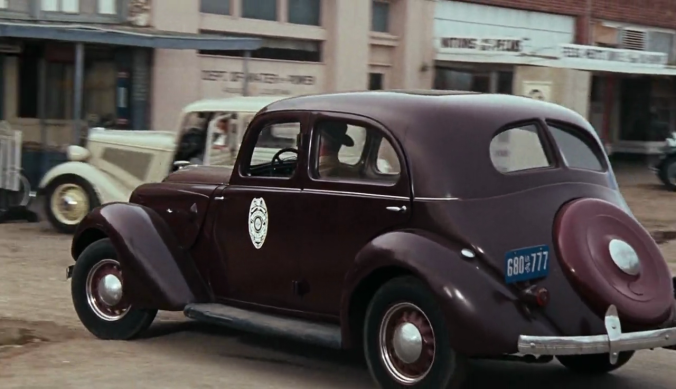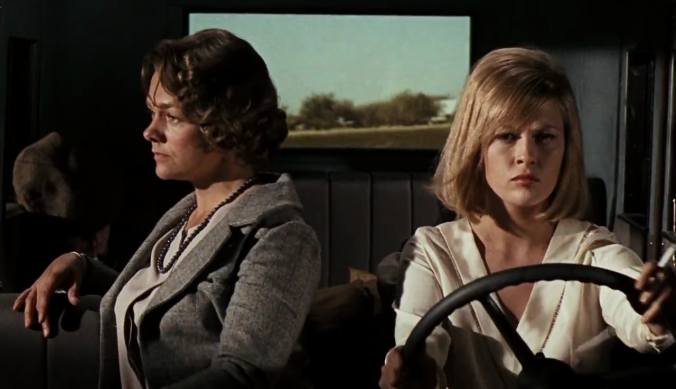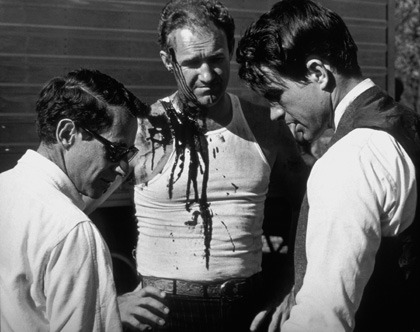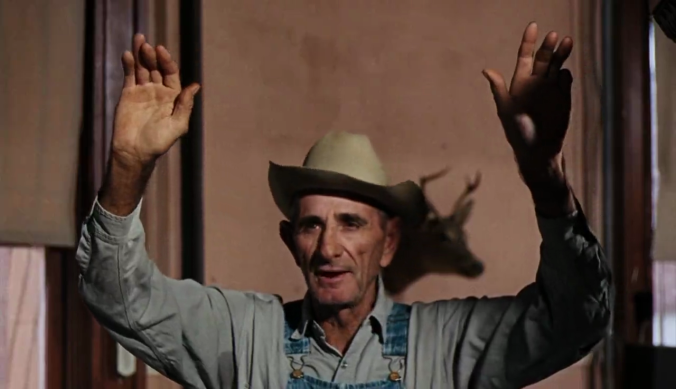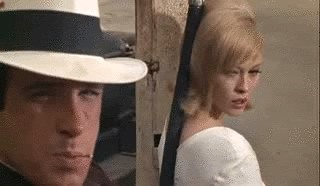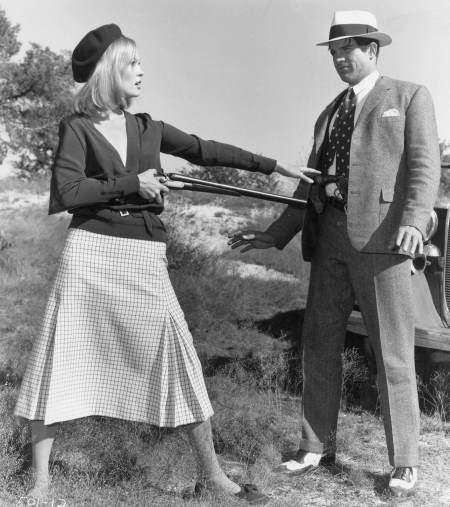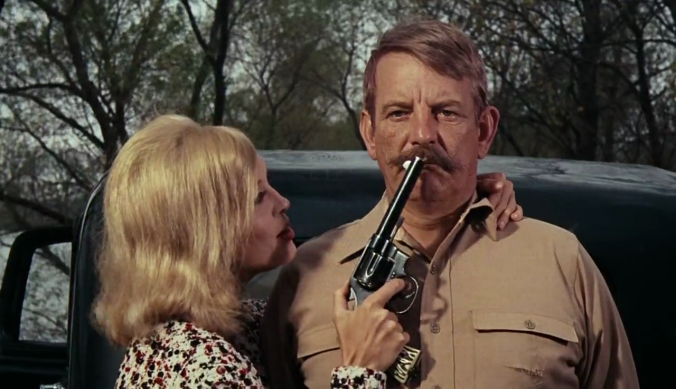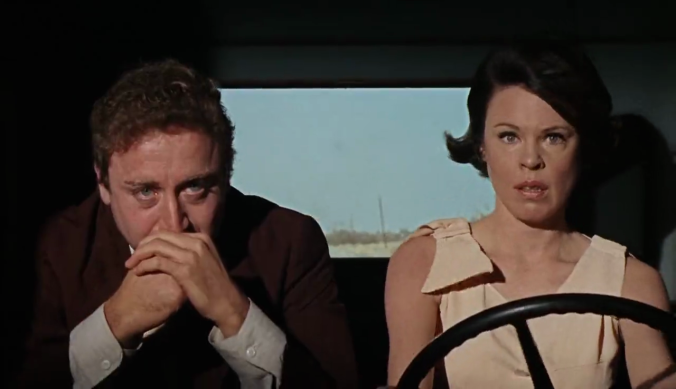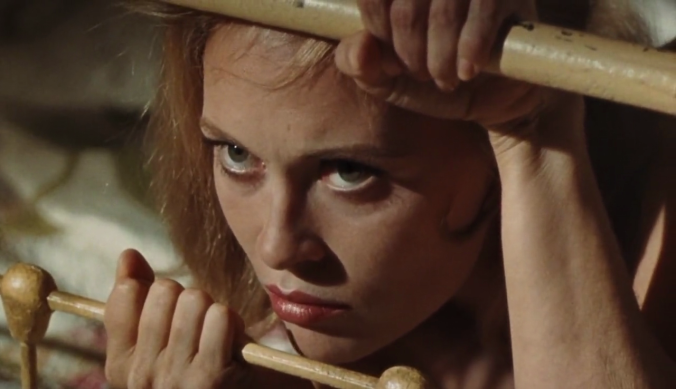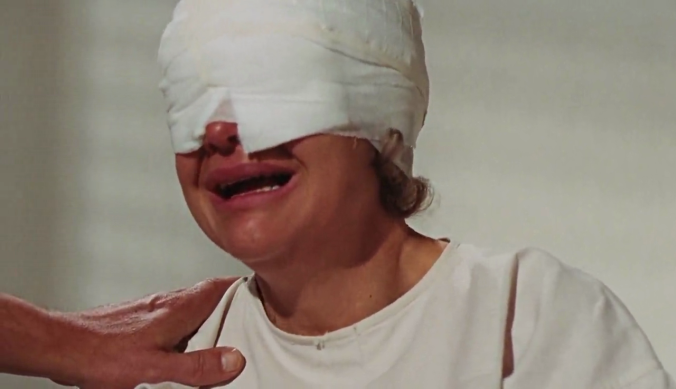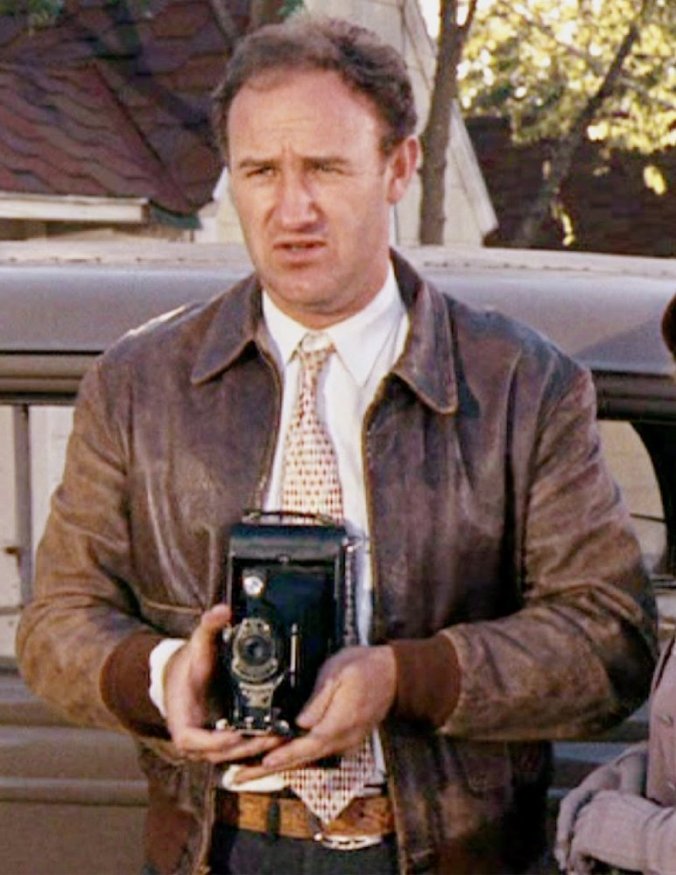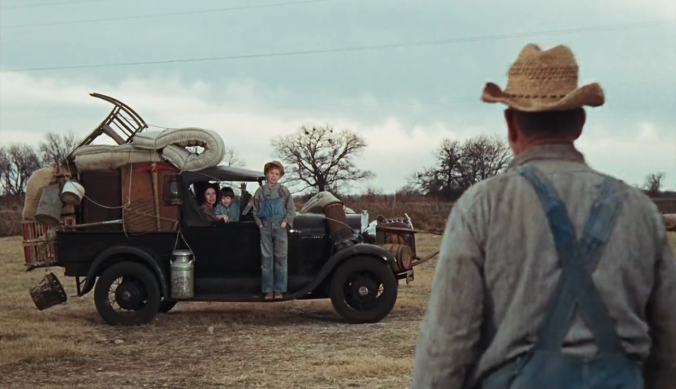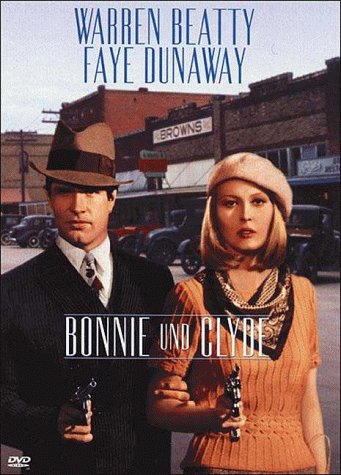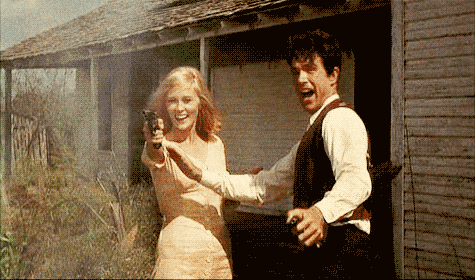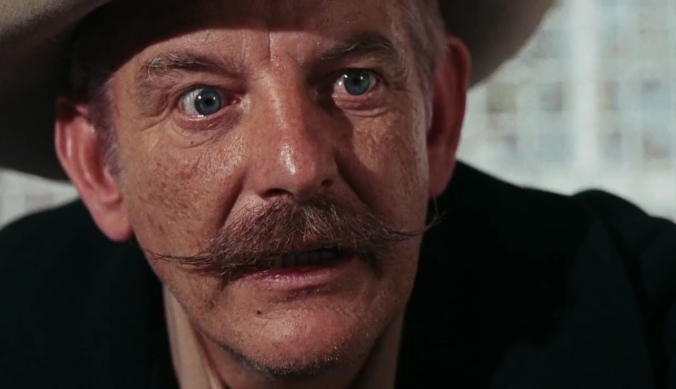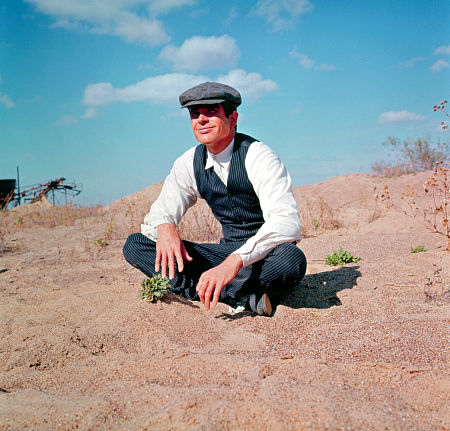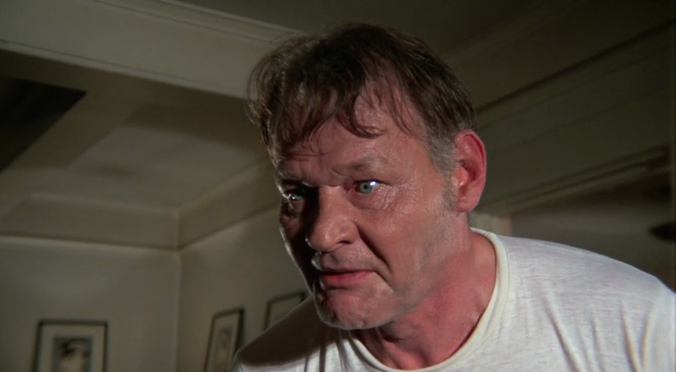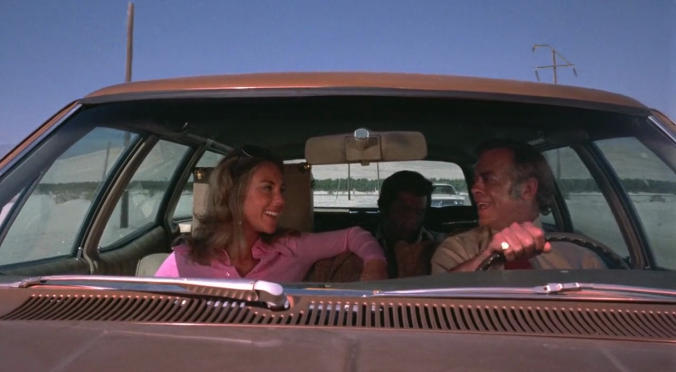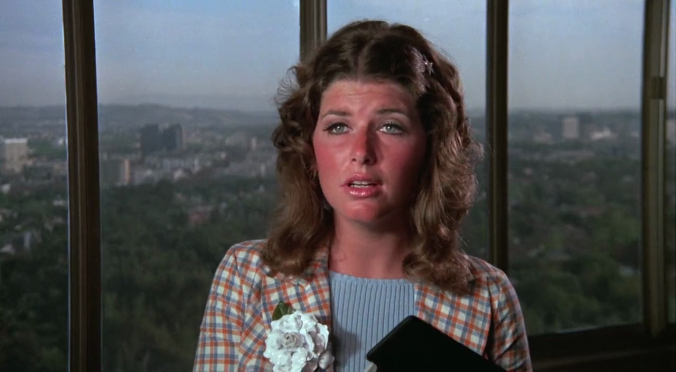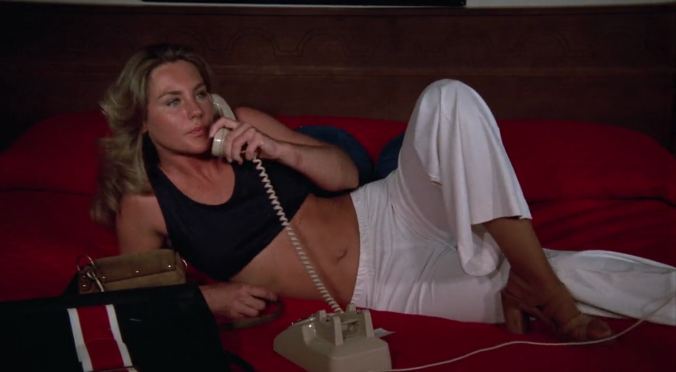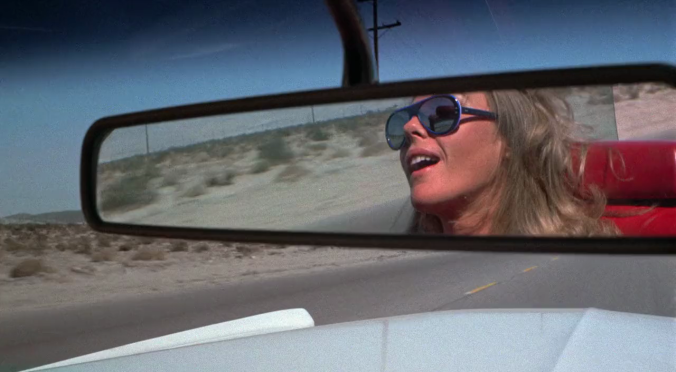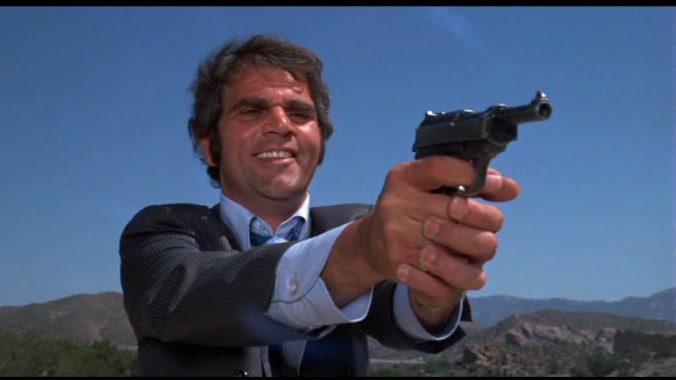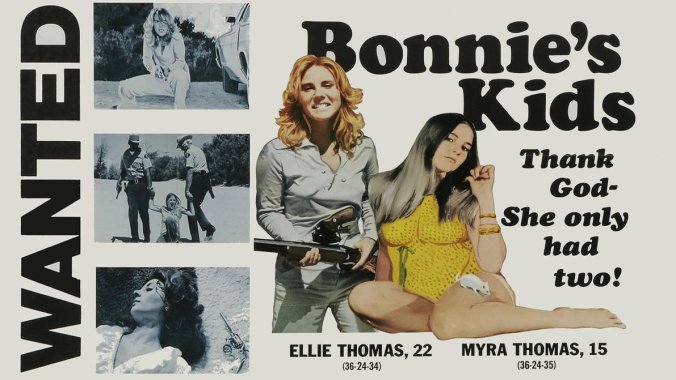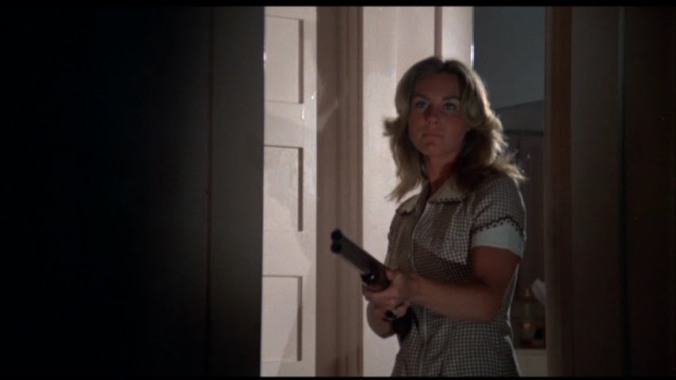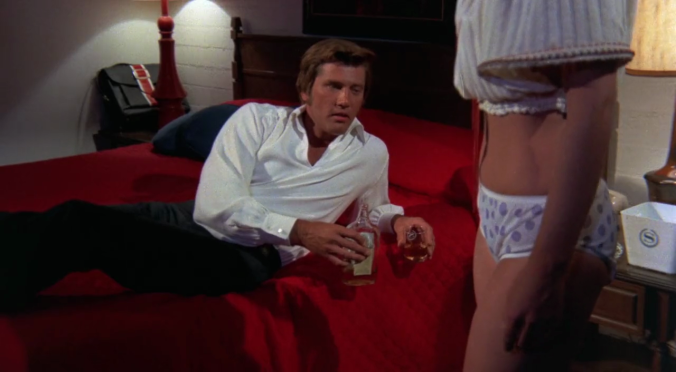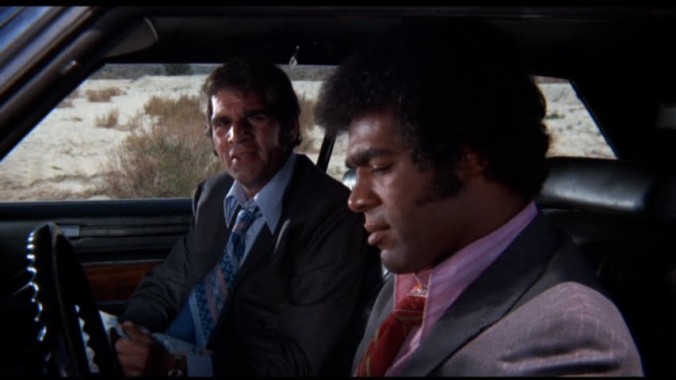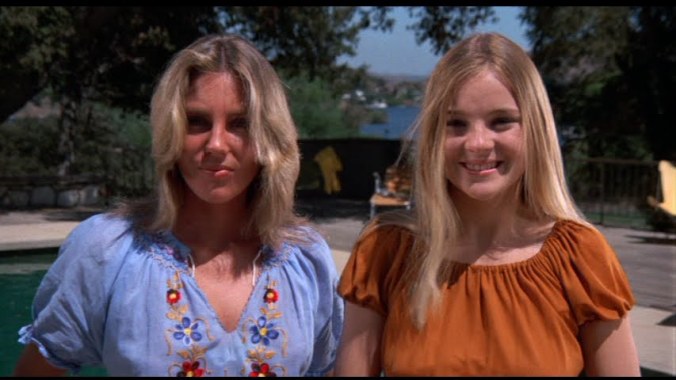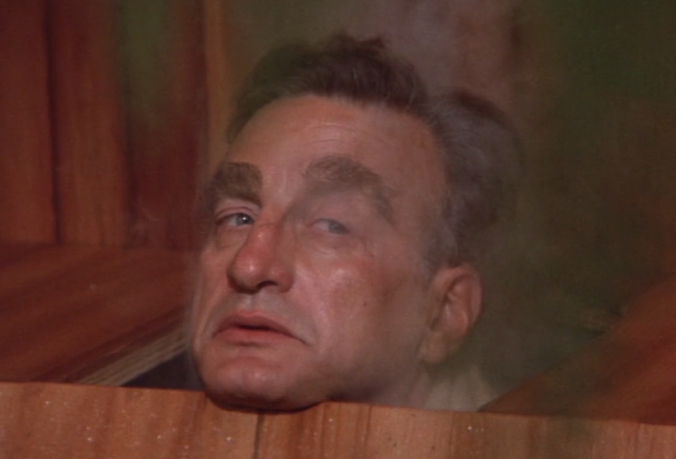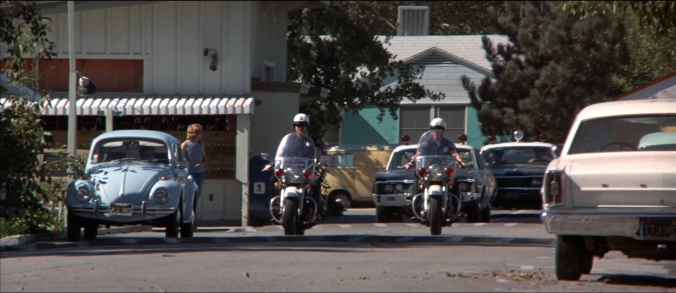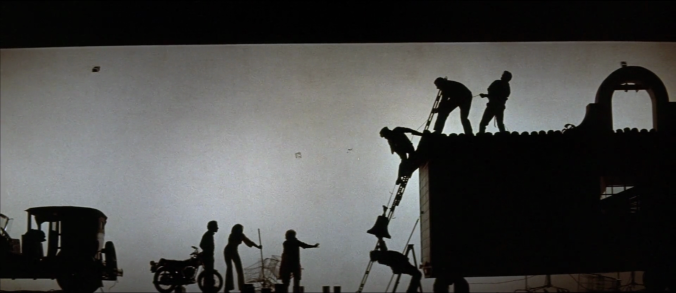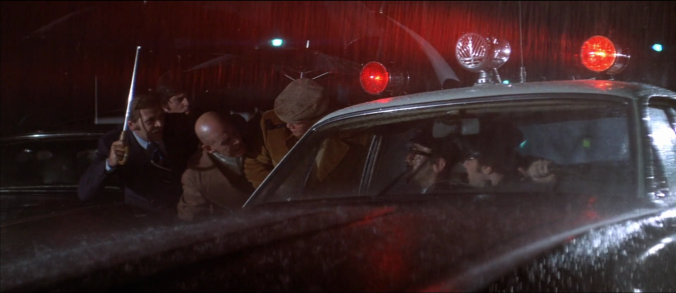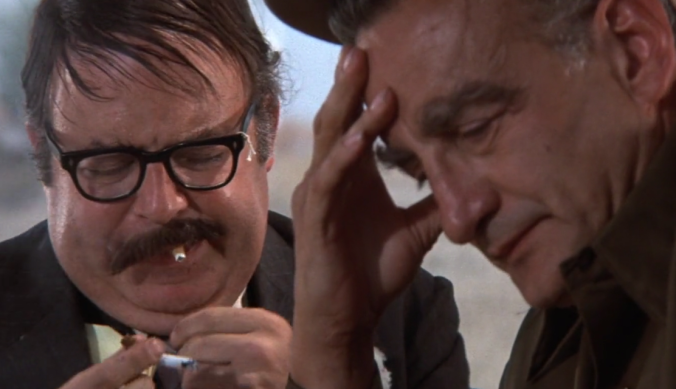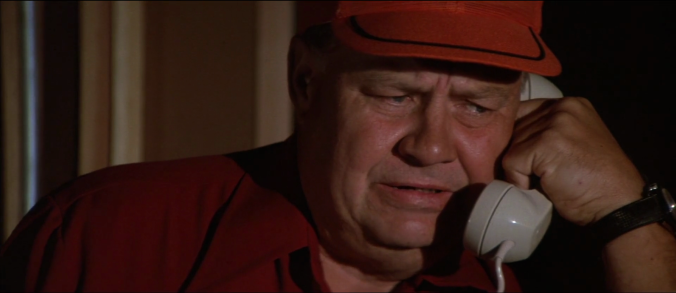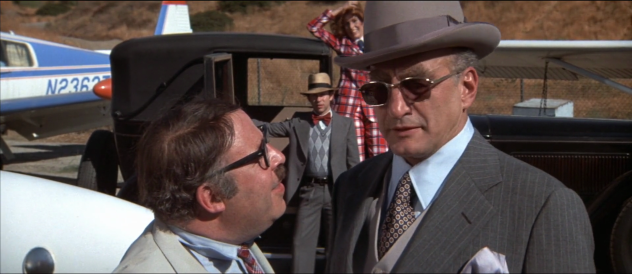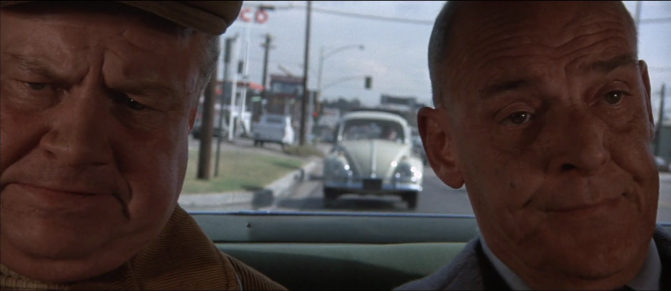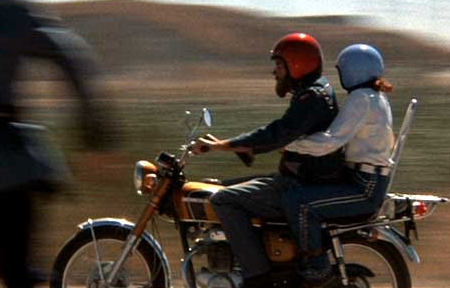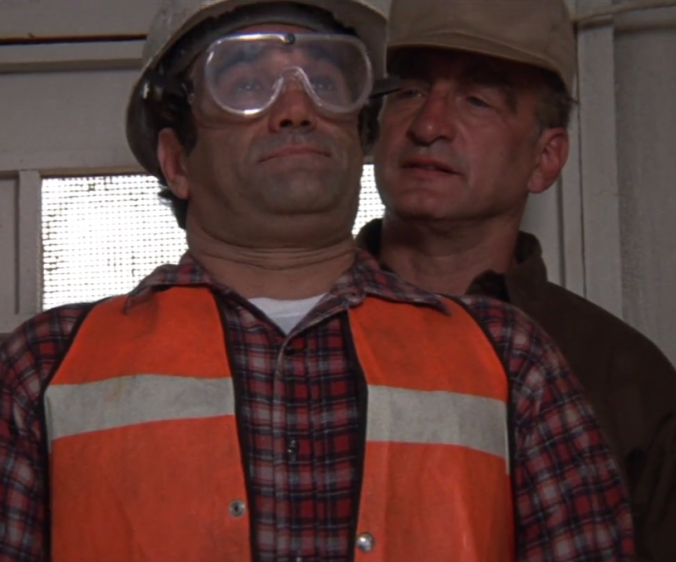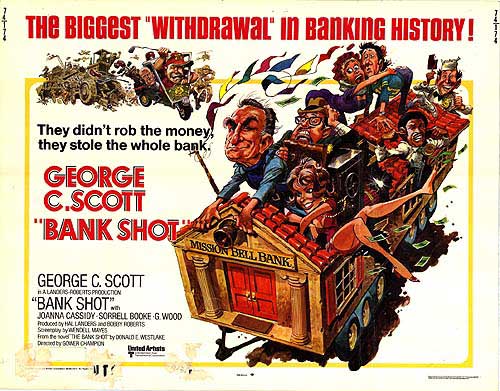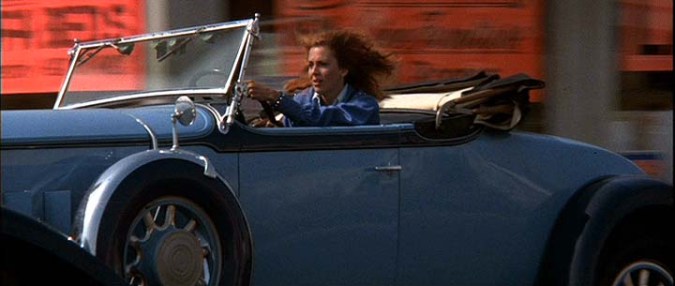| Directed by | Jack Clayton |
|---|
| Screenplay by | Francis Ford Coppola |
|---|
| Cinematography | Douglas Slocombe |
|---|
Nick Carraway, a young Midwesterner now living on Long Island, finds himself fascinated by the mysterious past and lavish lifestyle of his neighbor, the nouveau riche Jay Gatsby. He is drawn into Gatsby’s circle, becoming a witness to obsession and tragedy.
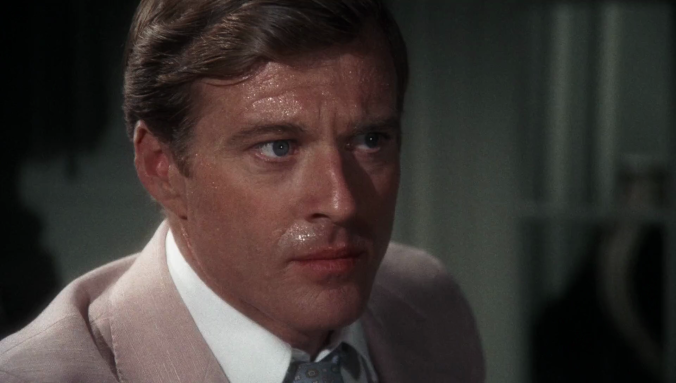
Excellent(If No-Frills) DVD
So much for hoping for a special edition DVD of this undervalued movie. Not even a trailer! But at least the movie has never looked better, and the original music soundtrack has been fully restored, so I’m not about to complain any further. Ever since its release this film has been battered with wildly vicious criticisms. Maybe that can be better reserved for the genuinely numbing and off key 2001 TV version, which makes this version look better than ever. This version, to me, improves with every viewing–it’s peculiar rhythms and deliberately sedate pace does work very well, creating a mood not easily comparable to other movies. Then too, look at director Jack Clayton’s movie, THE INNOCENTS (1960), which shares a bit of this studied approach.
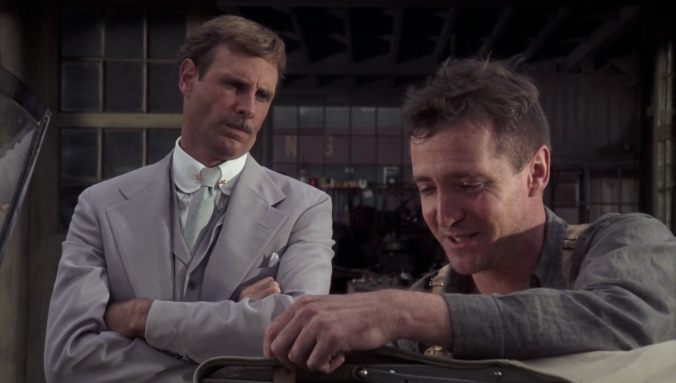
I’m glad this Gatsby version wasn’t reduced to a quick and vulgarized romp; instead Clayton took a more intellectual tone, very nicely counterpointed with a superb array of period music. The crowning touch, Irving Berlin’s “What’ll I Do,” is a match made in heaven, both the song and the novel having appeared within a year of each other in 1925. As for the DVD, it now highlights to maximum effect the evocative, first rate cinematography and art direction (what were those other commentators thinking–were they watching a duped VHS?), etc. Too bad a 30th anniversary edition couldn’t have happened in 2004, but I’m more than pleased this has been given its chance on DVD. I agree that the novel’s literary aspects defies easy transformation into a movie, but we are more than fortunate that this 1974 film version is as haunting and quietly moving an experience that it is.
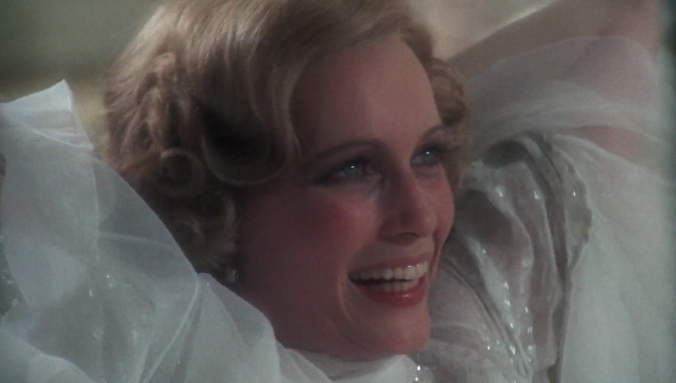
Too Faithful Adaptation Dampens the Many Qualities of an Elaborate Production
![]()
Author: Ed Uyeshima from San Francisco, CA, USA
11 August 2006
It seems something of a shame how maligned the extravagant 1974 movie version of F. Scott Fitzgerald’s literary masterwork was when it was originally released. So much media hype surrounded the production, including a Scarlett O’Hara-level search for the right actress to play Daisy Buchanan, that it was bound to disappoint, and it did critically and financially. It’s simply not that bad. Interestingly, looking at the film over thirty years later, I am taken by how faithful the movie is to the original book both in text and period atmosphere. The central problem, however, is that Jack Clayton’s overly deliberate direction and Francis Ford Coppola’s literate screenplay are really too faithful to the book to the point where the spirit of Fitzgerald’s story becomes flattened and plot developments are paced too slowly. The result is an evocative but overlong 144-minute epic movie based on a novel that is really quite intimate in scope.
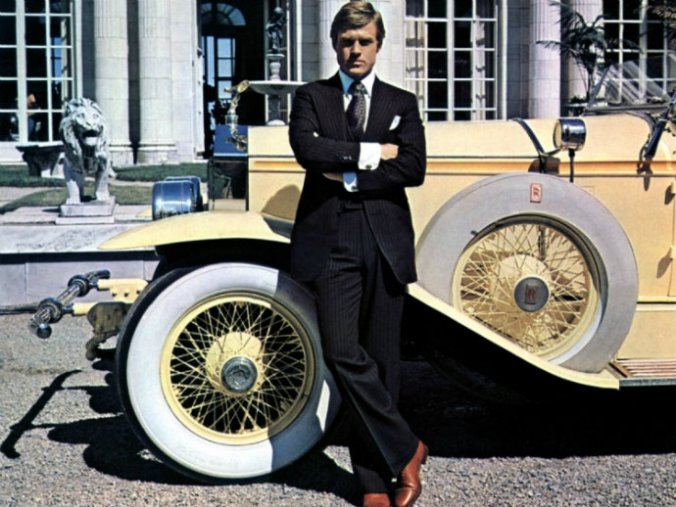
The focus of the plot is still the interrupted love story between Jay Gatsby and his object of desire, Daisy. Narrating the events is Nick Carraway, Gatsby’s modest Long Island neighbor who becomes his most trusted confidante. Nick is responsible for reuniting the lovers who both have come to different points in their lives five years after their aborted romance. Now a solitary figure in his luxurious mansion, Gatsby is a newly wealthy man who accumulated his fortunes through dubious means. Daisy, on the other hand, has always led a life of privilege and could not let love stand in the way of her comfortable existence. She married Tom Buchanan for that sole purpose. With Gatsby’s ambition spurred by his love for Daisy, he rekindles his romance with Daisy, as Tom carries on carelessly with Myrtle Wilson, an auto mechanic’s grasping wife.
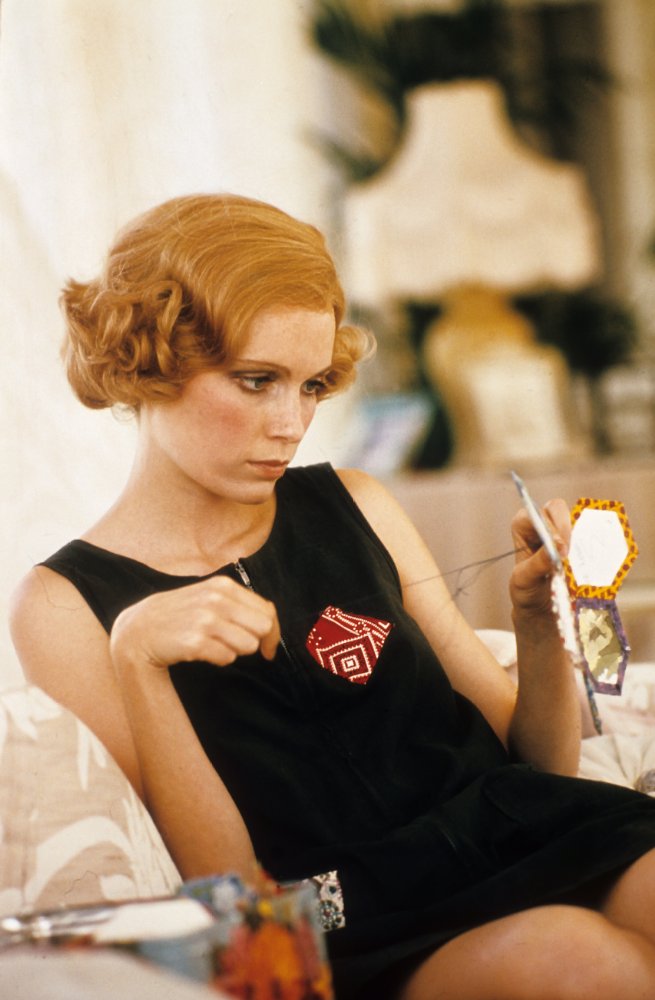
Nick himself gets caught up in the jet set trappings and has a relationship with Jordan Baker, a young golf pro. The characters head for a collision, figuratively and literally, that exposes the hypocrisy of the rich, the falsity of a love undeserving and the transience of individuals on this earth.
Casting is crucial, and surprisingly, most of the actors fulfill the characters well. Robert Redford, at the height of his box office appeal, plays Gatsby with the right enigmatic quality. As Daisy, Mia Farrow captures the romanticism and shallowness of a character that ultimately does not deserve the love she receives.
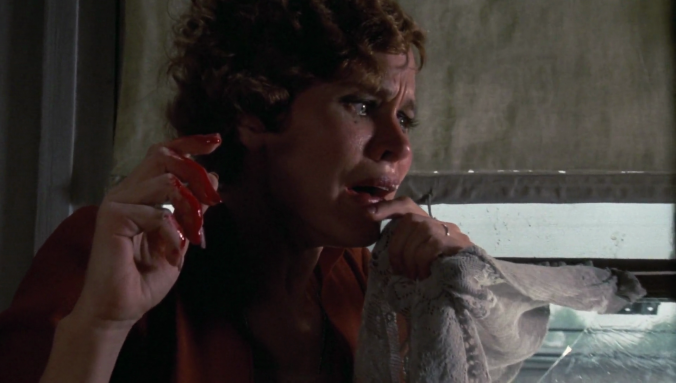
Even if she appears overly breathy and pretentious, her frequently trying performance still fits Fitzgerald’s image of the character. Bruce Dern makes an appropriately despicable Tom Buchanan, while Karen Black has scant screen time as the trashy Myrtle. A very young Sam Waterson makes the ideal Nick with his genuine manner and touching naiveté, and Lois Chiles is all throaty posturing as Jordan. As expected, all the exterior touches are luxuriant and feel period-authentic – Theoni V. Aldredge’s costumes, John Box’s production design, Douglas Slocombe’s elegant cinematography, and the pervasive use of 1920’s hits, in particular, Irving Berlin’s wistful “What’ll I Do?” as the recurring love theme. The film is worth a look if you have not seen it and a second one if you haven’t seen it in a while. It’s actually better if you’ve already read the book. The 2003 DVD has a nice print transfer but sadly no extras.
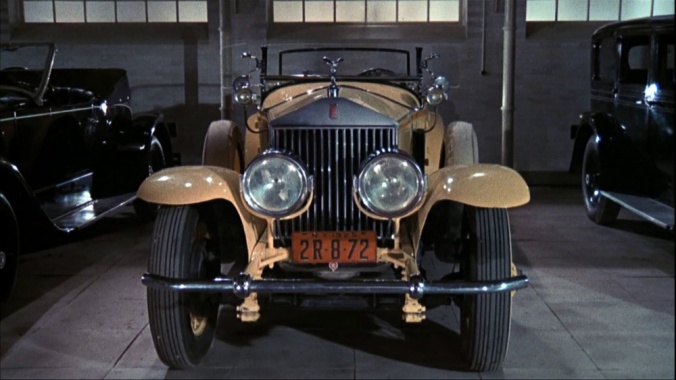
Don’t judge a book by its movie.
![]()
Author: FilmWiz from Setauket, NY, USA
4 February 2006
This version tries to stay very true to the roots of the story. It’s greatest detriment is its lavish budget, made evident from scenery and costuming. Coppola does an admirable job with his script, but it is impossible to fail to realize that he borrowed heavily from the source material, often citing it verbatim. In this sense, the plot is very faithful to the novel. The film fails to recapture the feel, mood, and spirit of the novel and of the twenties. Fitzgerald made Gatsby a very personal character. For him, there was always something unattainable; and for Gatsby, it was Daisy, the lost love of his life, forever symbolized by a flashing green light at her dock.

When it doesn’t try, the film captures the mood of the twenties. This is especially true during Gatsby’s first party, showing people being themselves. The majority the cast, particularly Mia Farrow, and with the exception of Bruce Dern (Tom Buchanan) play their parts as if they were silent actors. Even the flickering quality of silent film seems to haunt this film stock. It goes without saying the acting was overdone for the most part. This is true of the essence of the characters and of the times, although in the film, it is overkill. The set decoration was visually pleasing and it effectively captured the mood of each scene and the twenties.
This film, more than anything else, is a scary attempt of a tribute. In the novel, the green light, and the T.J. Eckleburg sign had significant meanings. Stranded in the film, they remain merely stripped objects. The set seems to attempt to “fix” Fitzgerald’s descriptions. Where in the book, Daisy and Tom Buchanan’s home is very inviting, the film drowns in whites and yellows in the film.
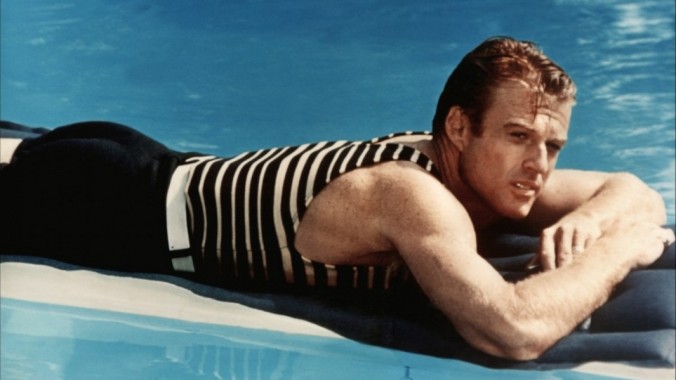
Actors aren’t exploited to its potential. Clayton fails to give us a relatable Gatsby, a crucial element to the novel. Redford could have played Gatsby very well. It’s not his fault that he doesn’t. When we are introduced to Gatsby, it’s through a low-angle shot of a figure seen against the night sky, framed by marble. This isn’t the quiet, unsure, romantic Gatsby on his doomed quest. This is the arrogant, loud and obnoxious Charles Kane, who knows he’s rich and isn’t shy about it. The scene where Gatsby symbolically reaches out to snatch the green light stays true to the book, but looks stupid on film.
Three essential scenes make the film seem even less credible. These are times where it is essential to portray Gatsby as the one we know and love from the novel. The first is the original meeting between Gatsby and Nick.
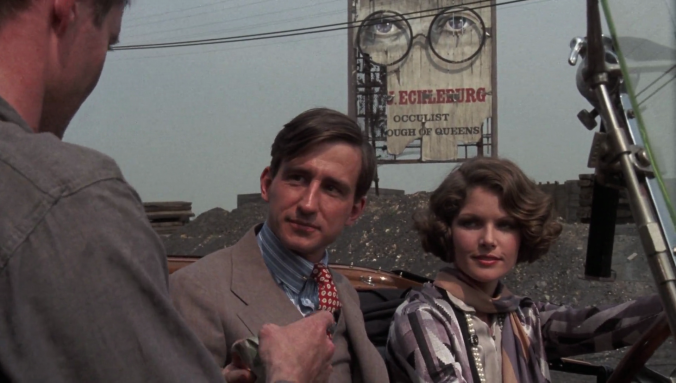
Redford’s inarticulate and formality with Nick is laughable. It’s the first time we hear him talk, and he’s so mannered that the acting upstages the content of the scene. Nick is supposed to be so relaxed he doesn’t realize that he’s talking to a millionaire. Changing the location of this scene from in the party to the office is the cause for this dramatic awkwardness. This has to have been Clayton’s doing. This changes Gatsby’s character, and he Gatsby isn’t as sure of himself as the book had made us believe. Doesn’t that have to be Clayton’s fault? Using The Sting, Butch Cassidy and The Candidate as examples, we know Redford has enough versatility to play this scene several other, better ways. In the Gatsby and Daisy reunion (crucial moments to the picture) we see Gatsby’s smiling and Daisy’s stunned reaction held for so long, we wonder why Nick just doesn’t go out and smoke one cigarette, come back, and go outside again to smoke another one.
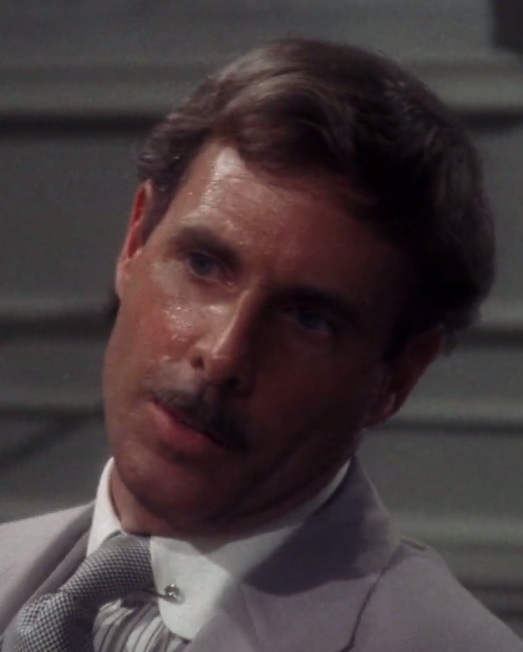
He’d go through a whole pack. Any tension we might have had has been fed to ridiculousness. The other plot cliché that further adds to this product of celluloid silliness is Gatsby’s final scene. The way this is presented may work on stage and it certainly would work in a silent film, but here it is so hackneyed, so irreversibly awkward that any suspense is gone, and it looks silly.
The message of the novel, in my opinion, is that although Gatsby is a crook and has dealt with the likes of Meyer Wolfsheim, gamblers and bootleggers, he is still a romantic, naive, and heroic boy of the Midwest. His idealism is doomed in the confrontation with the Buchanan recklessness. This isn’t clear in the movie.
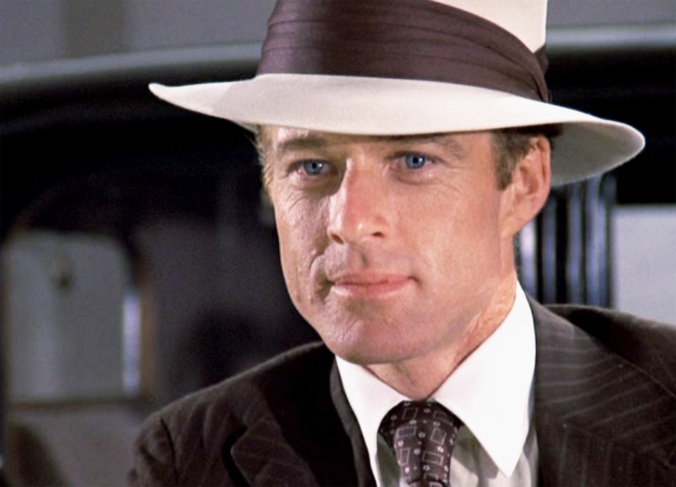
We are told more than shown. The soundtrack contains Nick’s narration, often verbatim from the novel. We don’t feel much of what we’re supposed to feel because of the overproduction and clichés. Even the actors seem somewhat shied away from their characters because of this. We can’t figure out why Gatsby’s so “Great”, or why Gatsby thinks that Daisy is so special. Mia Farrow’s portrayal of Daisy falls flat of the novel’s description. The musical quality of her voice has been replaced with shrills, and her sophistication has been stripped of her complexity. This is extremely evident by her Clara Bow acting style in this picture, especially in the scene where Redford is throwing his shirts on the floor and she starts crying.
How could a screenplay that borrowed so much of Fitzgerald’s novel be portrayed so inaccurately? When one reads a novel, it is up to the author to create his symbolisms from scratch. When a book is transformed into a film, the filmmakers must be sure to covey the symbols more than by merely showing them.
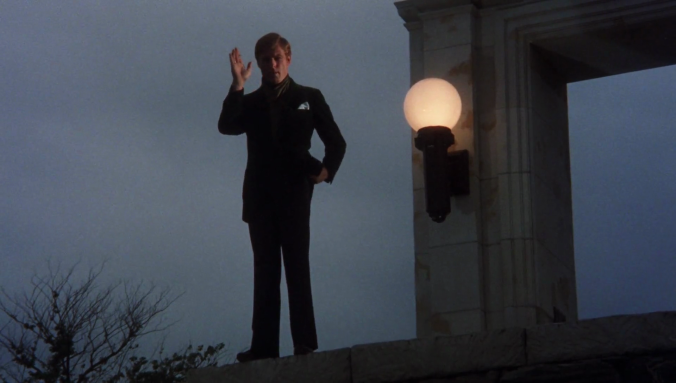
They must still be carefully developed, whether by dialogue or more action. In the novel it works well. When translated to film symbolism is lost in translation.
As a film on its own, the technical qualities are excellent, and can be more than worth your while catching at least an hour’s worth just for the scenery, costuming, and for the few great scenes that successfully convey the twenties.
Much better than you think…!
![]()
Author: canuckteach from Canada
1 June 2008
After weighing in on the Boards about this terrific film, it’s about time I posted a review, since I do have it on my Top-20 list! I love period-pieces, especially those set in the era of, say, 1918-1938. Hence, ‘Eight Men Out’, ‘Great Gatsby’, and ‘Sting’ are in my Top-20, and, of course, Redford appears in two of those. Redford had the required screen presence, and acting talent to play Gatsby.
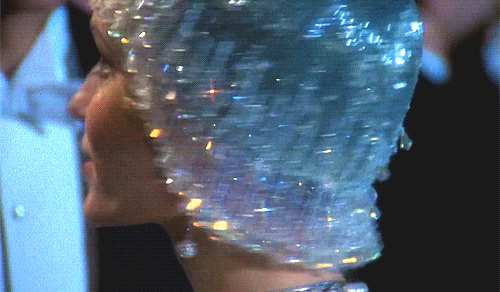
Those who criticize the film or Redford’s interpretation are, to me, just over-analyzing or too caught up in comparisons with the fabulous novel by F. Scott. In addition to superb acting from Redford and a great ensemble cast, the costumes, music and fabulous sets/photography give this flick plenty to recommend.
I have read the book a few times — I view it as a great American tragedy. But tragedies about larger-than-life characters are not so easy to reproduce on-screen. Anyway, maybe half the viewers haven’t read the book; so, for a screenplay writer, it’s a dilemma. Maybe *this* particular tragic role – a man who builds fabulous wealth in just a few years, a man who suddenly can compete with the N.Y. aristocracy in attracting the rich and famous to his parties, a man who does it all to reclaim the rich ‘jewel’ he lost in his youth, a man who gambles it all on one shake of the dice – is, like King Lear, almost too surreal to be performed. Think of it that way, and watch Redford again.
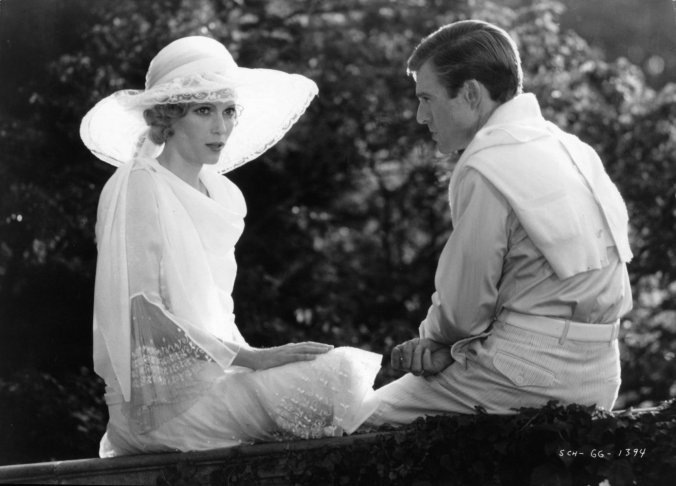
He is brilliant. And if you want to see the role messed up, watch A&E’s 2004 version. Thirty years to try to improve? And they produce an interpretation of Gatsby I call the ‘grinning idiot’.
I’ve never heard Redford comment on the mixed opinions about his Gatsby portrayal, but I’ll guess he knows he got it right, and there wasn’t anyone else with the required taste and style to outfit this role. (And as Michael Caine so deftly expressed it in ‘Dirty Rotten Scoundrels’, “Taste and style are commodities that people desire..”). You’d be hard-pressed to name a current American actor with the same charisma (so, you go to the U.K. and get Jude Law or Ralph Fiennes, right?).
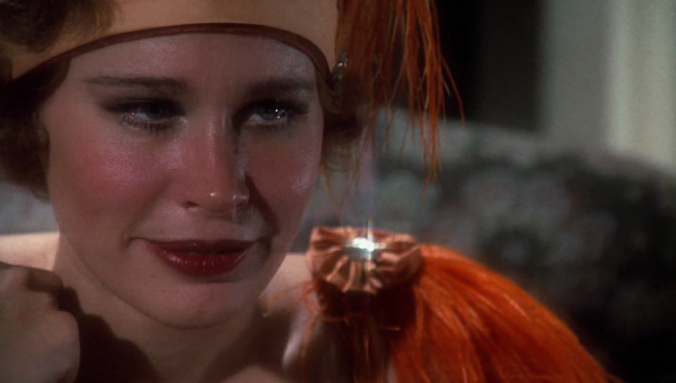
I’ll touch on the comment of one frustrated IMDb reviewer who wondered why they changed how Nick meets Gatsby. In the movie, Gatsby’s compact but sinister bodyguard (who has just decked a guy the size of a Buick) quietly leads Nick upstairs to Gatsby’s private study. As soon as Redford appears, we know – and Nick knows – that it’s Gatsby. In the book, Nick is having a conversation at a table with an amiable fellow who turns out to be Gatsby! Can you imagine filming a scene with a character chatting with Redford and – surprise – it turns out to be Gatsby? (A&E tried it that way in 2004 – note my ‘grinning idiot’ comment above). Furthermore, this reference to Gatsby’s protective layer helps us to identify his tragic blunder later on: he fires his household help for the sake of privacy once his romance with Daisy blooms. That decision is costly.
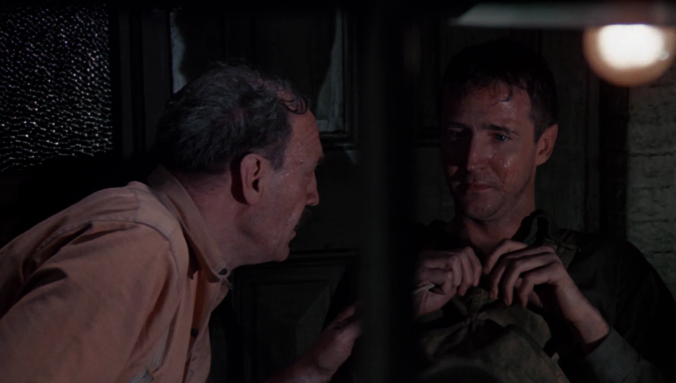
The book was described somewhere as a ‘story in perfect balance’. In practice, that includes characters that are neither too villainous nor too heroic — neither too loose (morally) nor too prudish. Our eyes and ears for the story, Nick, probably does not whole-heartedly approve of Tom’s fling with Myrtle, but he’s not about to blow the whistle on him either. He observes, and goes along for the fun with a crowd that clearly is more prosperous than he is. Later, he has good reason to assist in brokering the romance between Daisy and Gatsby (Nick has a growing friendship with Gatsby – and he is no big fan of Tom). At the same time, he finds Gatsby’s affectations a bit annoying – and he only pays him one compliment (at the end – remember? “they’re a rotten crowd – you’re worth more than the whole lot of them put together”).
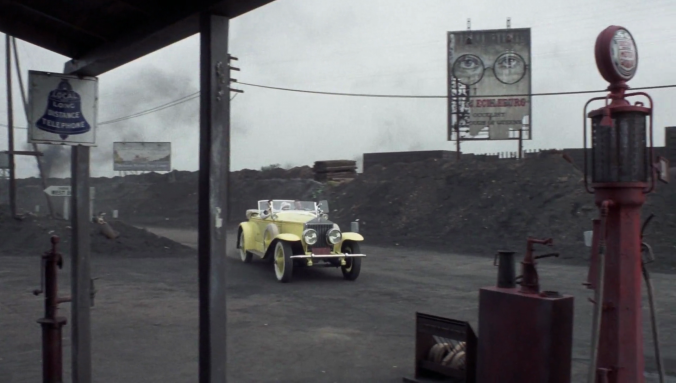
Anyway, once again, portraying all this on screen is no easy matter. So, relax and enjoy the show, a sparkling period-piece that relates to us a tragic tale about the folly of wealth. Meantime, I will try to track down the 1949 version with Alan Ladd, to see how *they* did!
9/10 – canuckteach (–:
